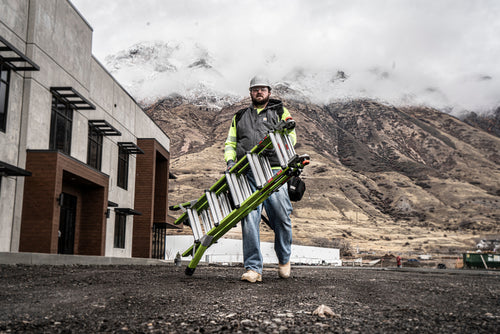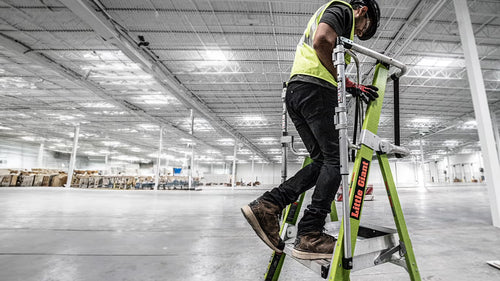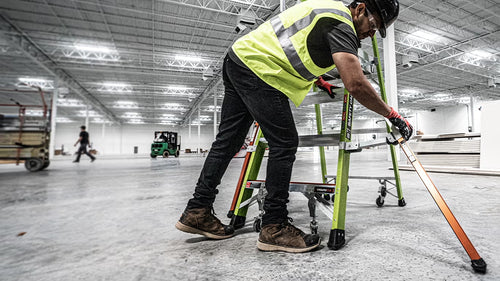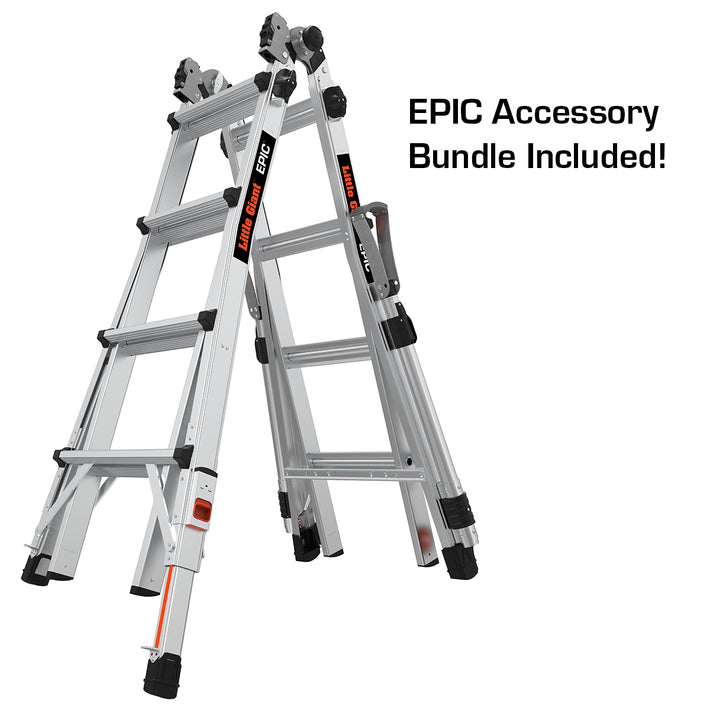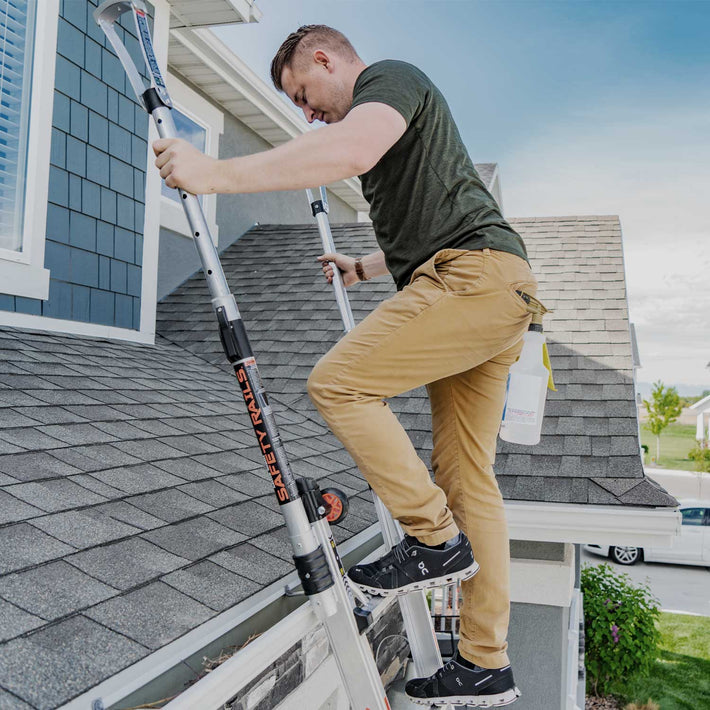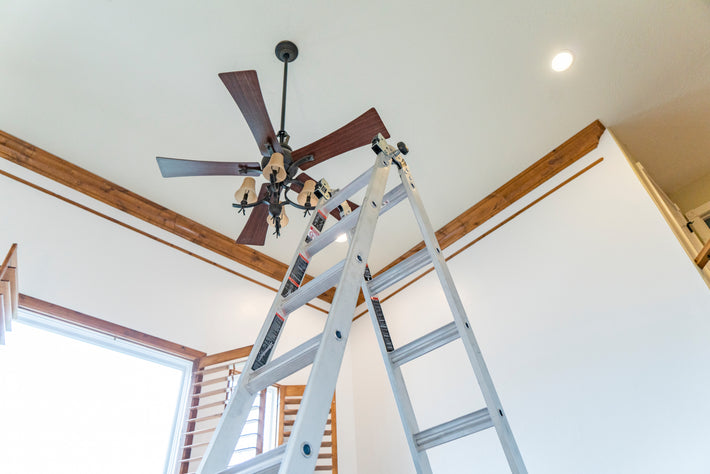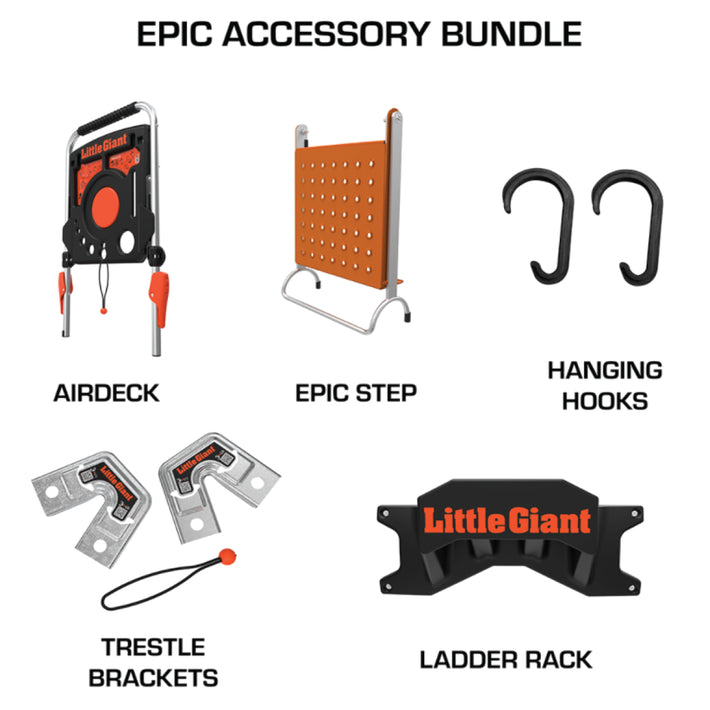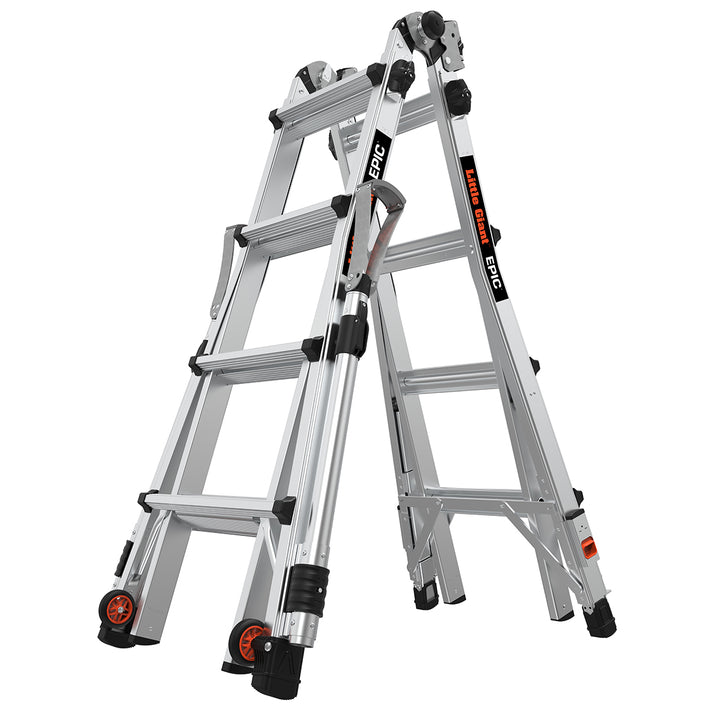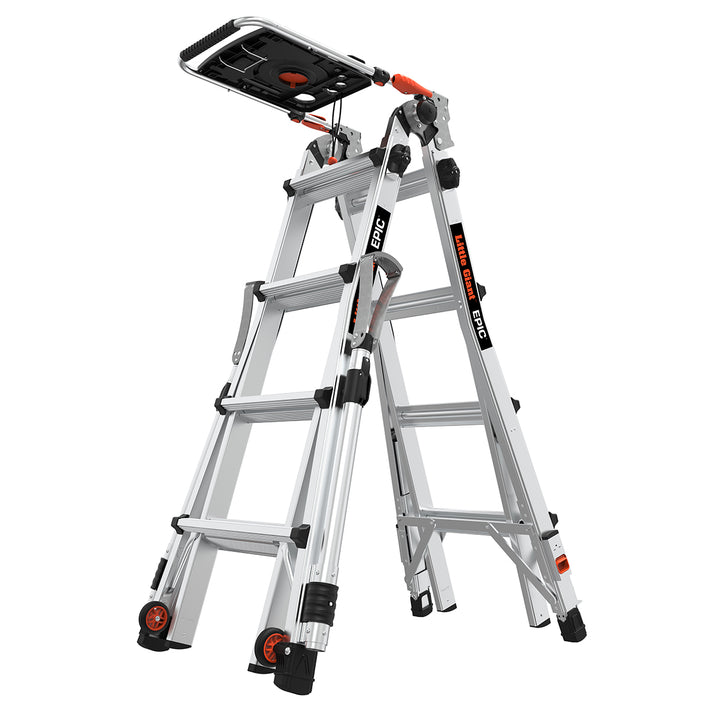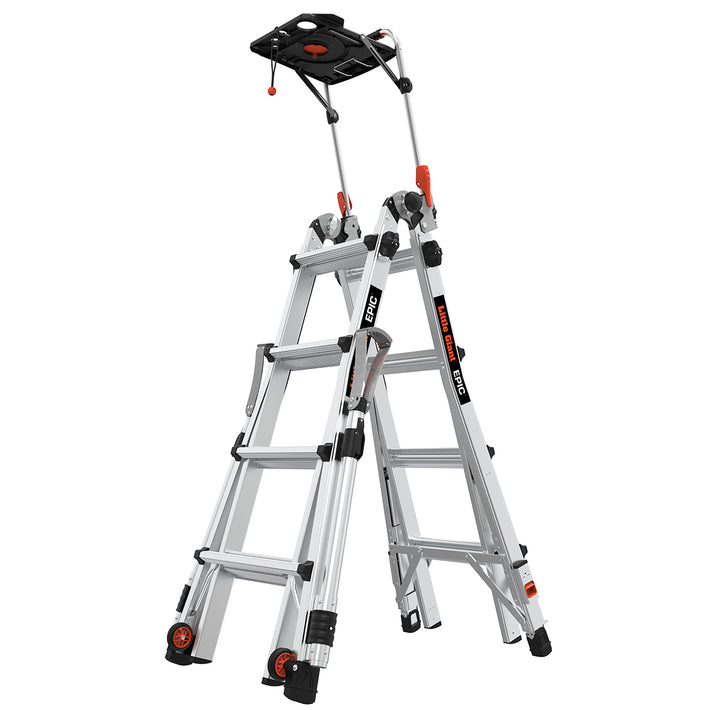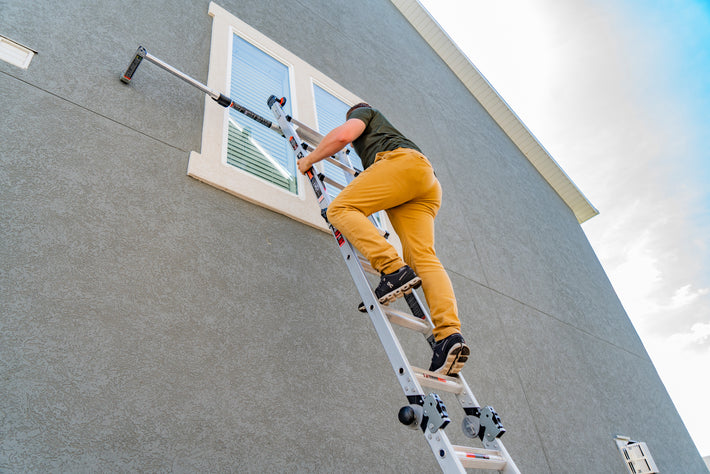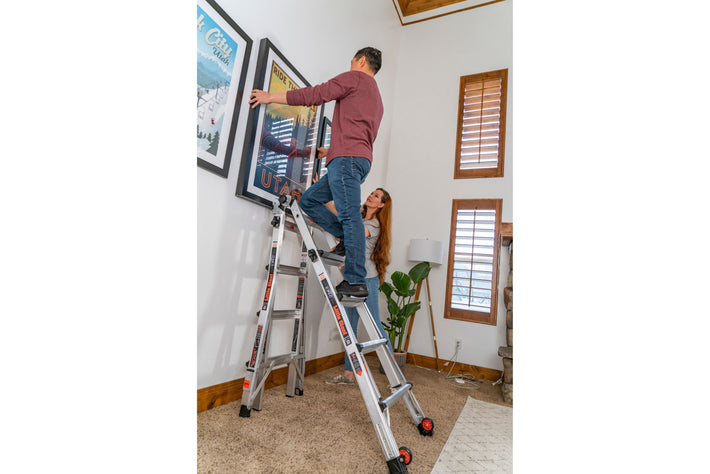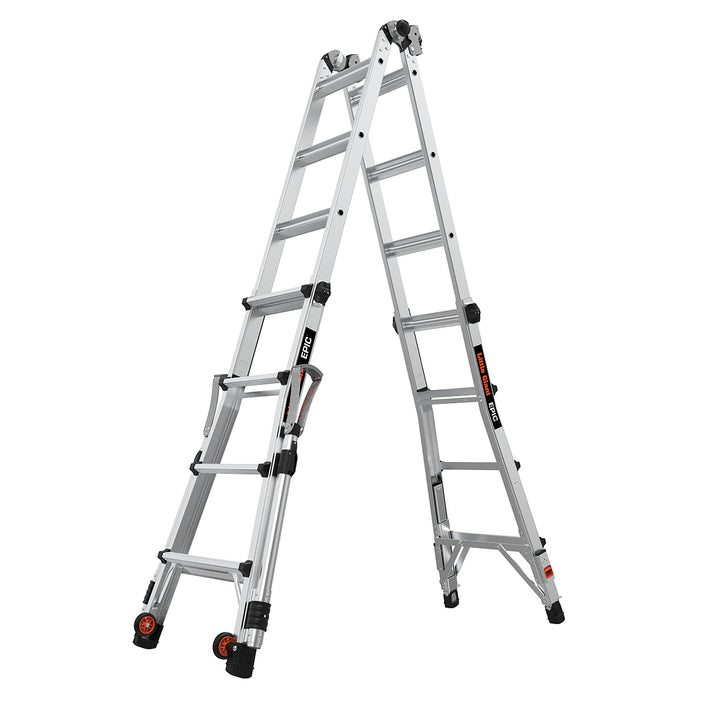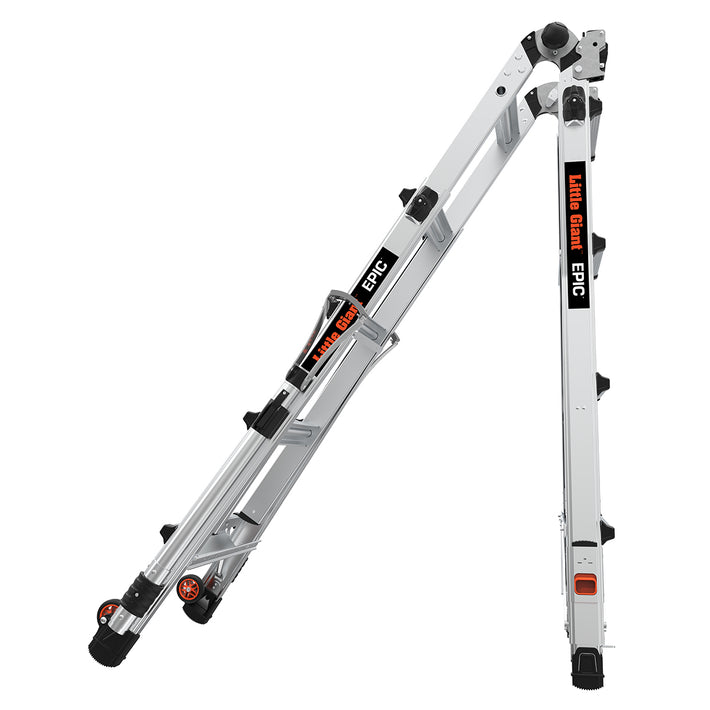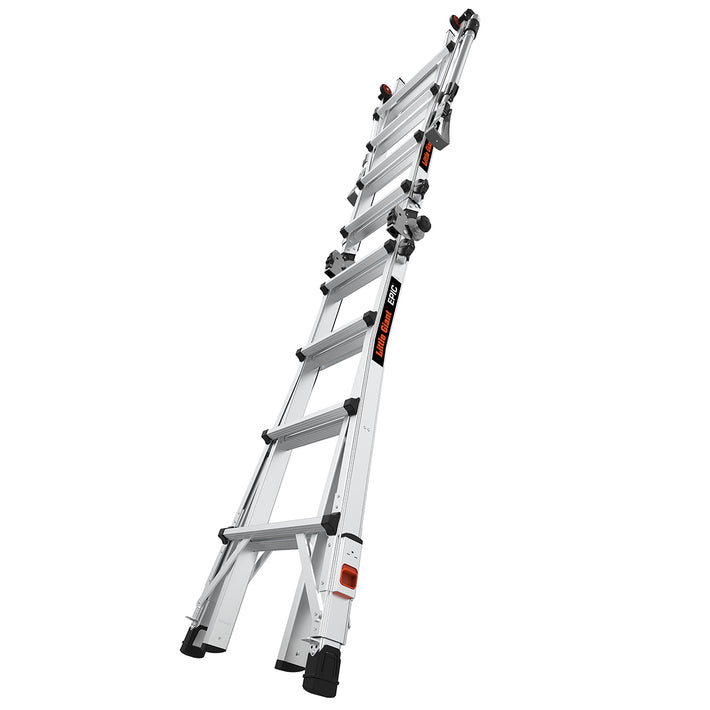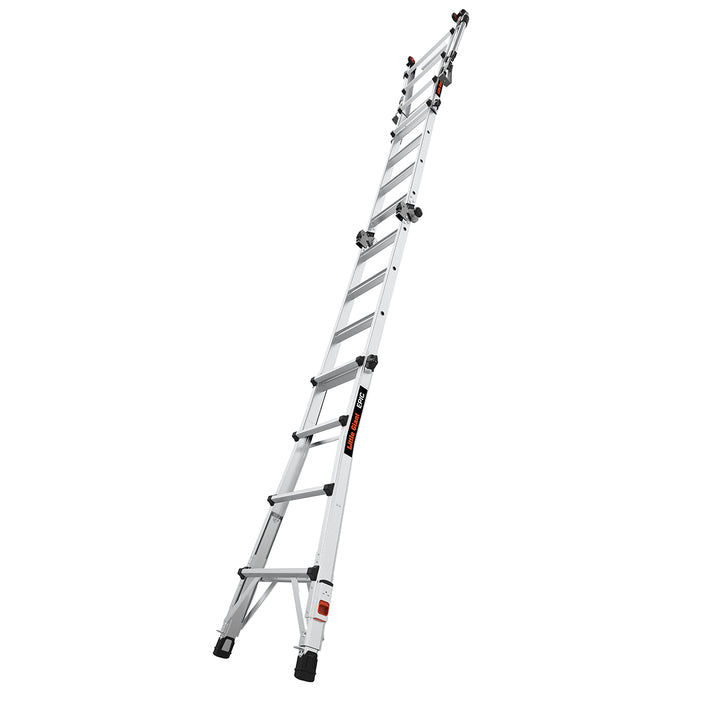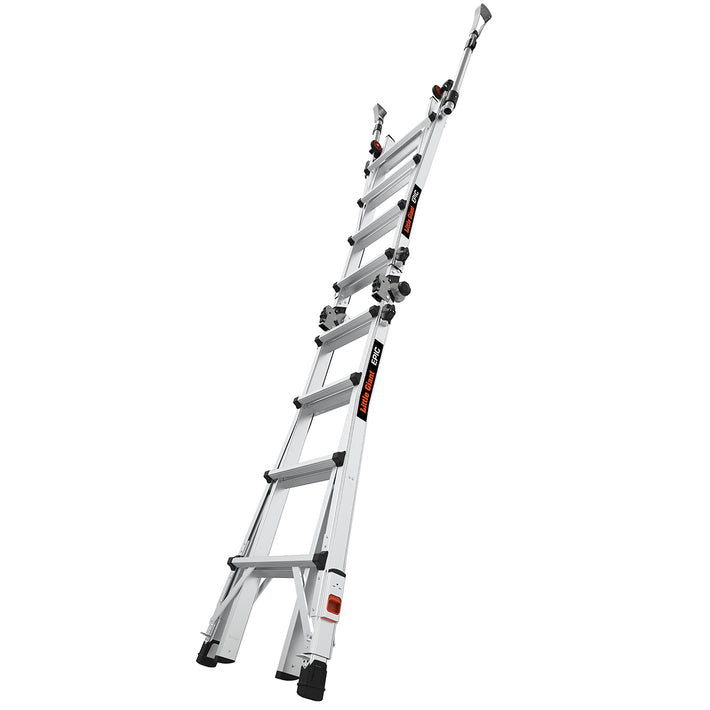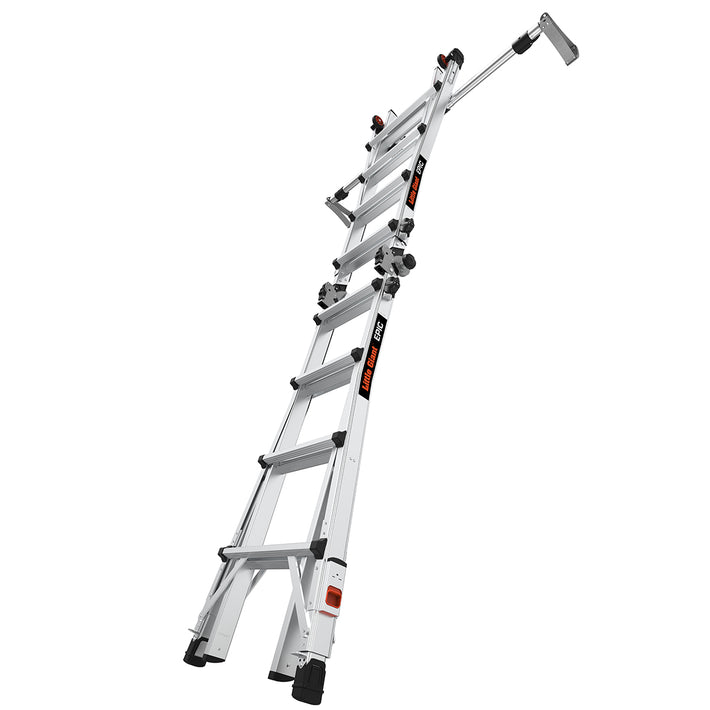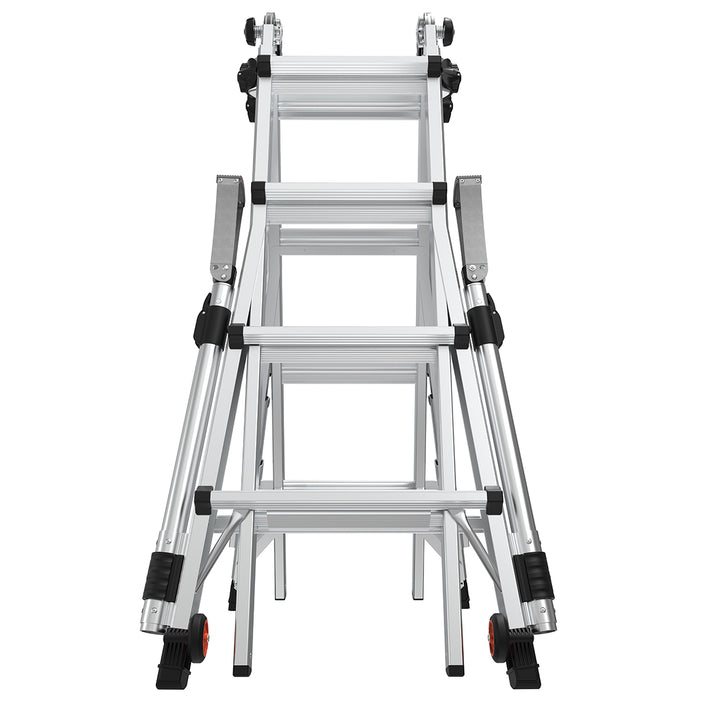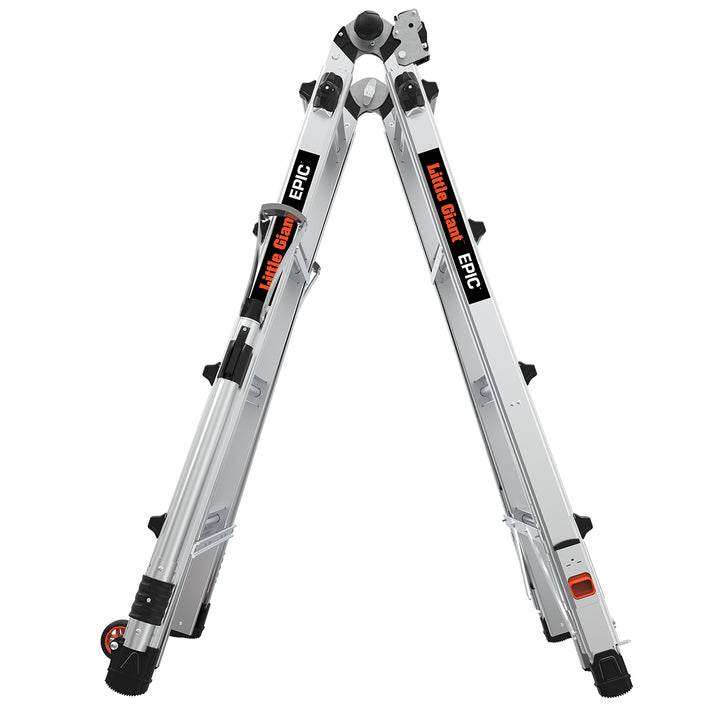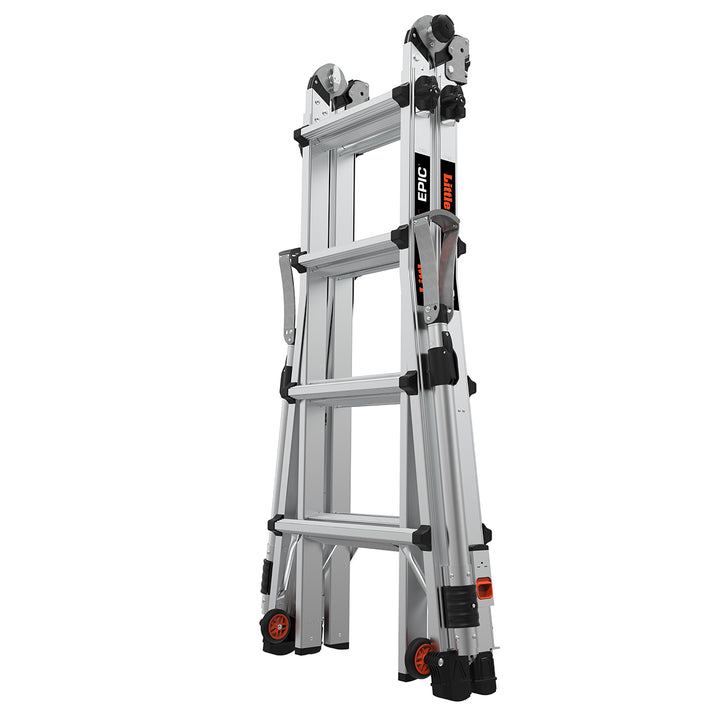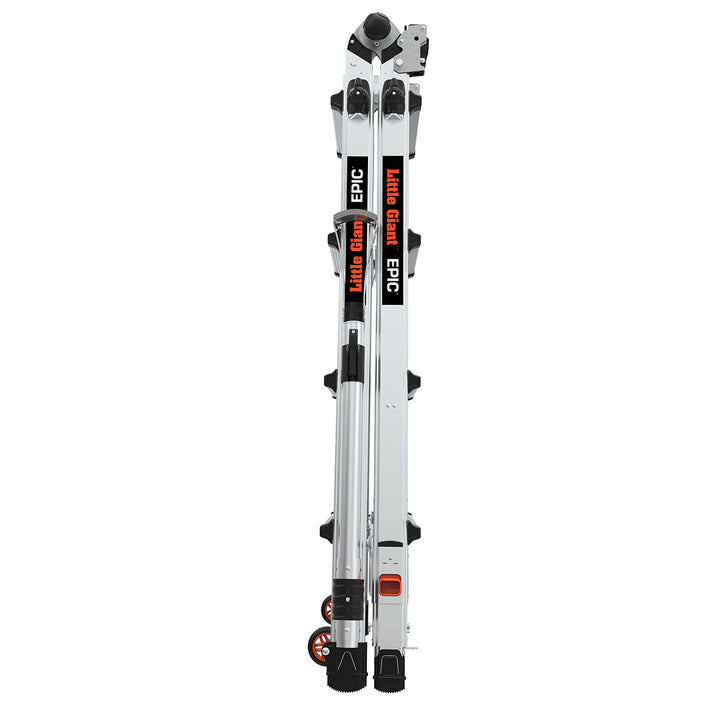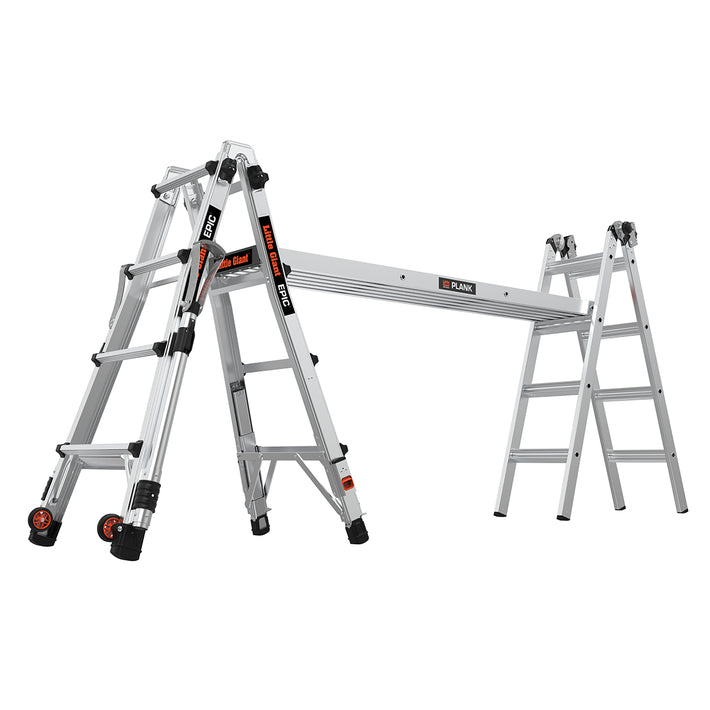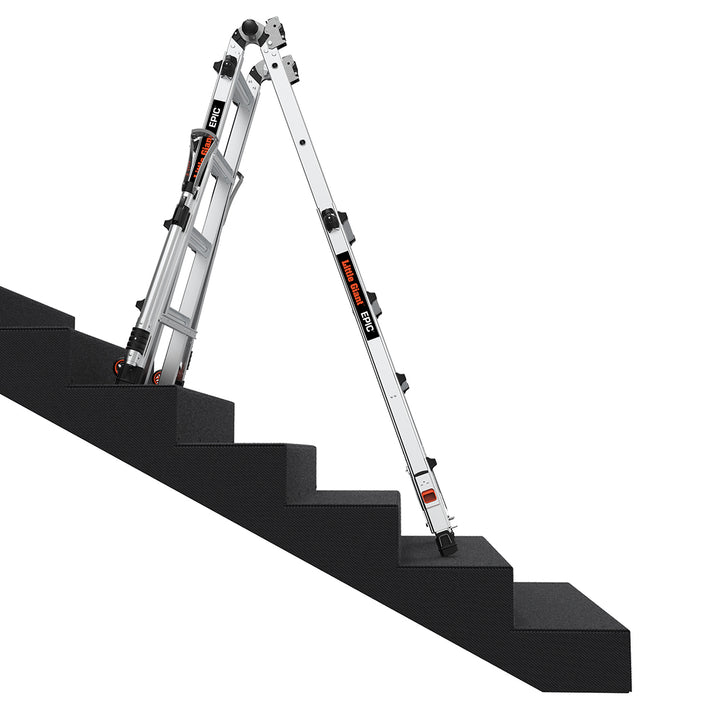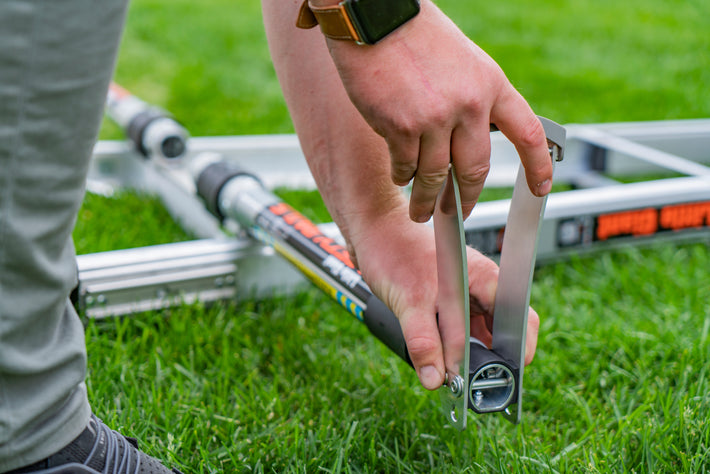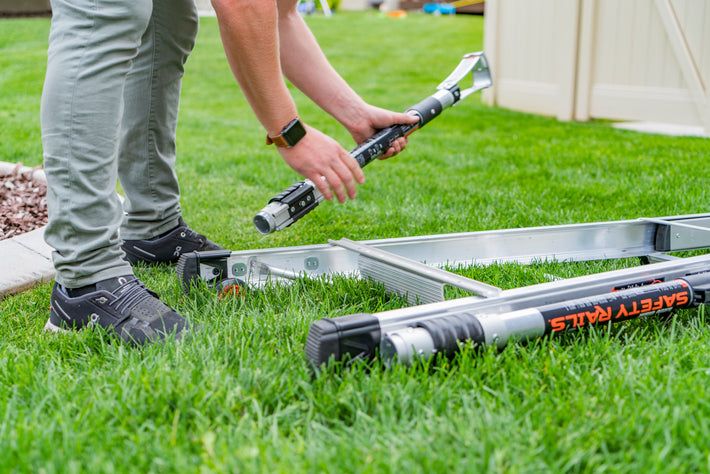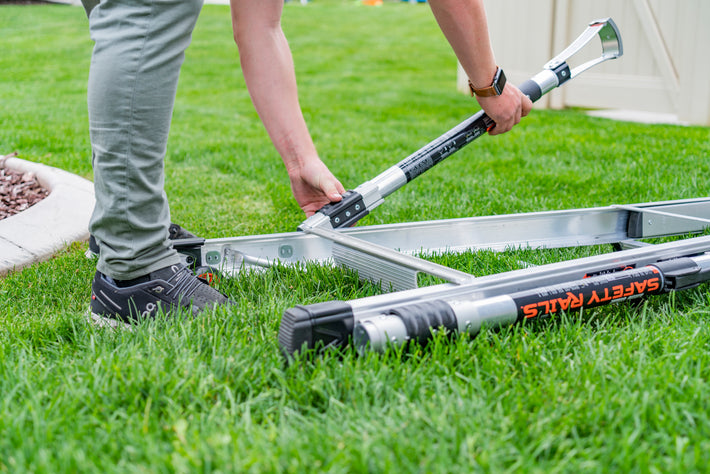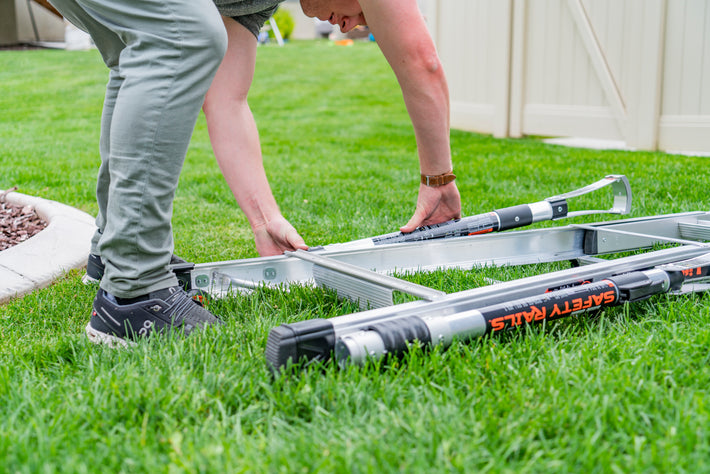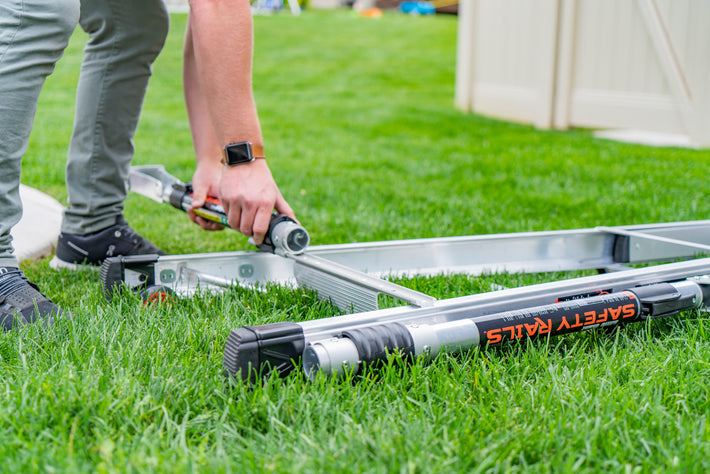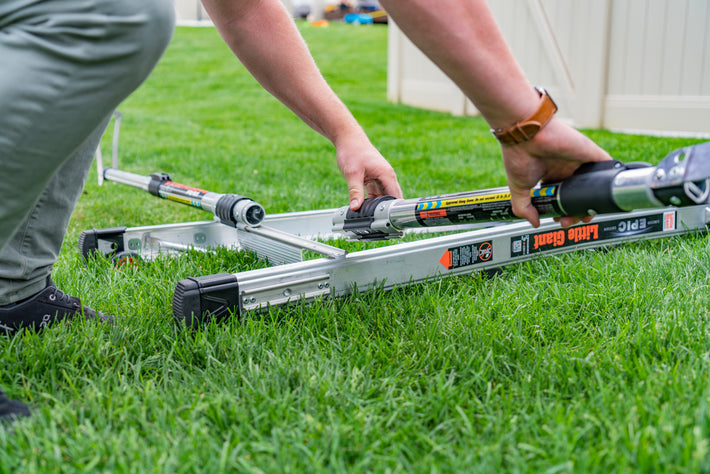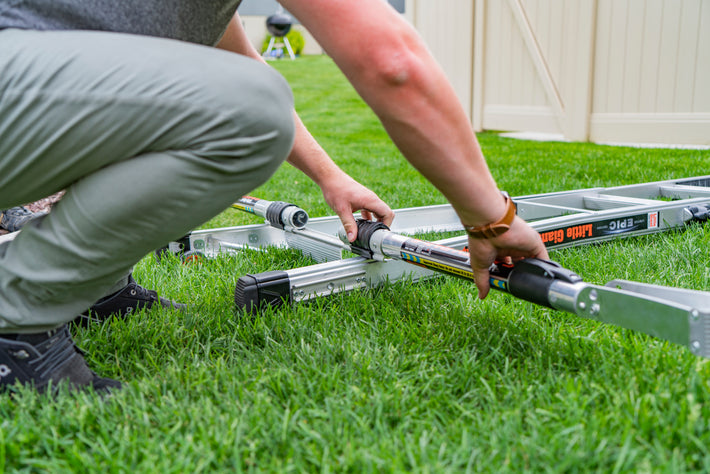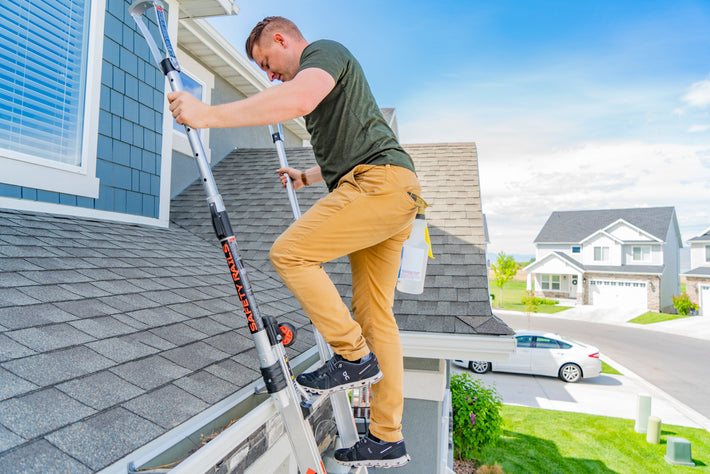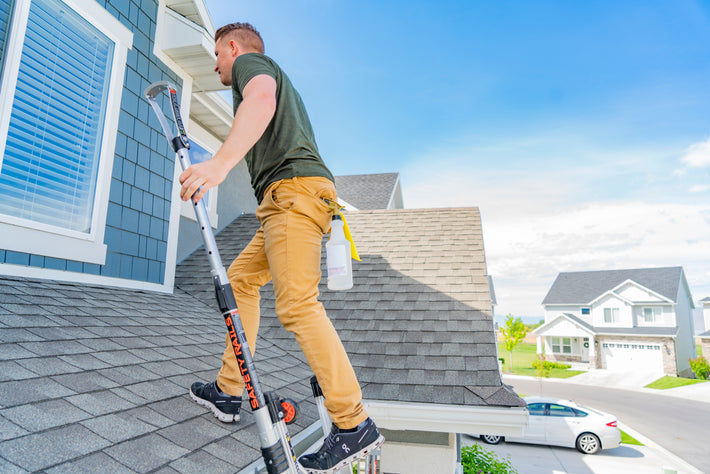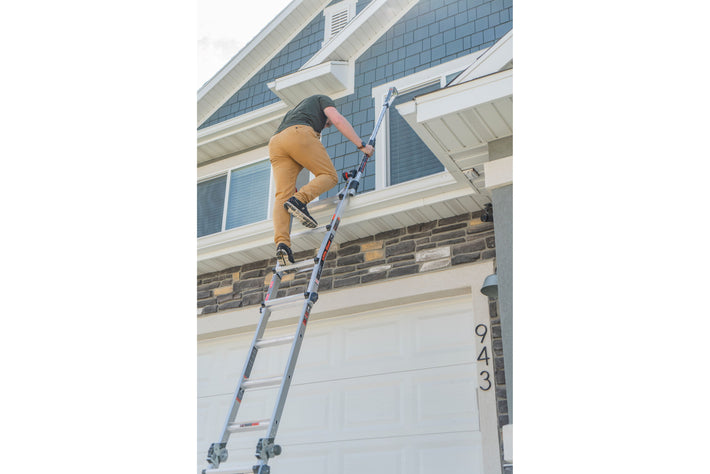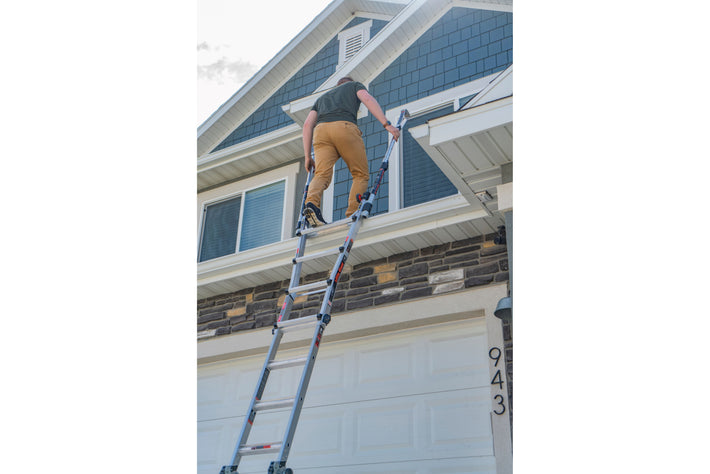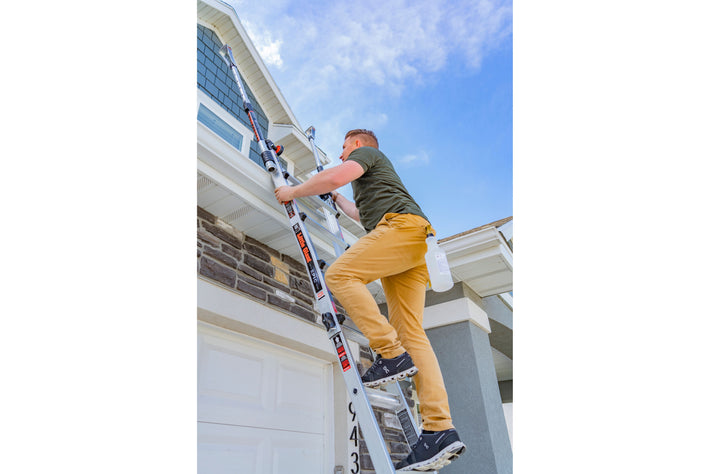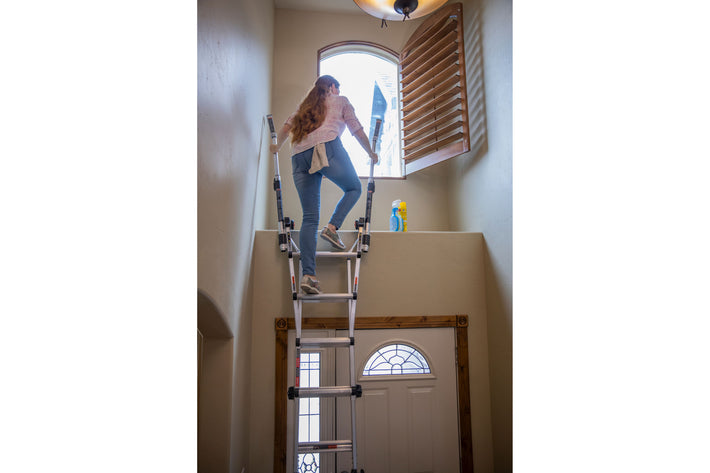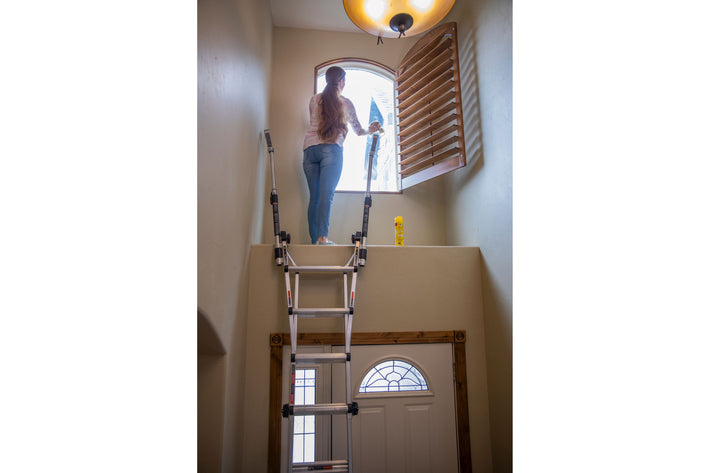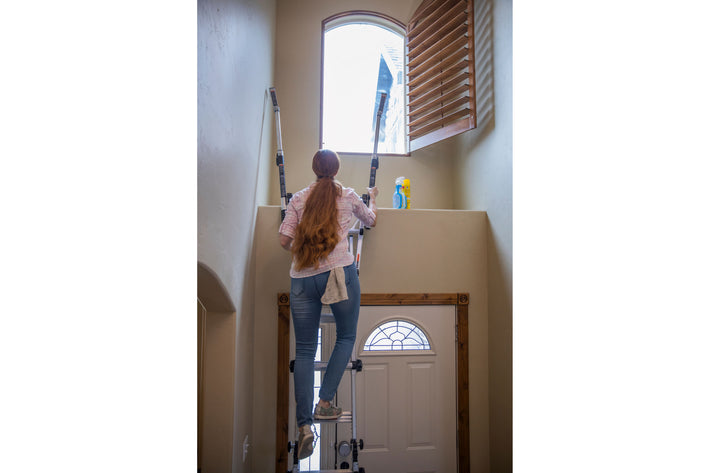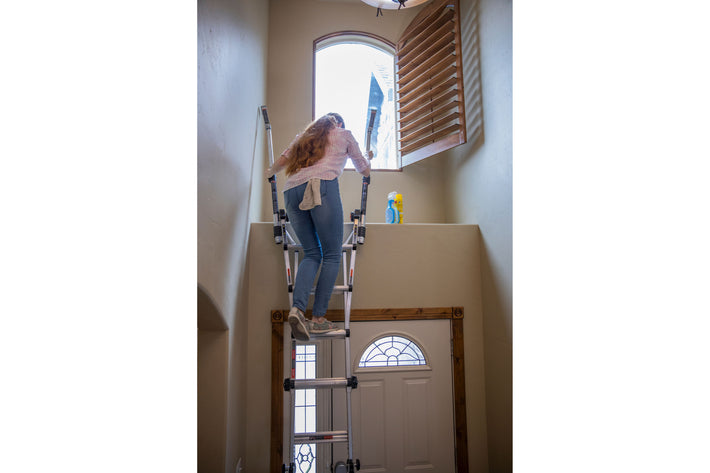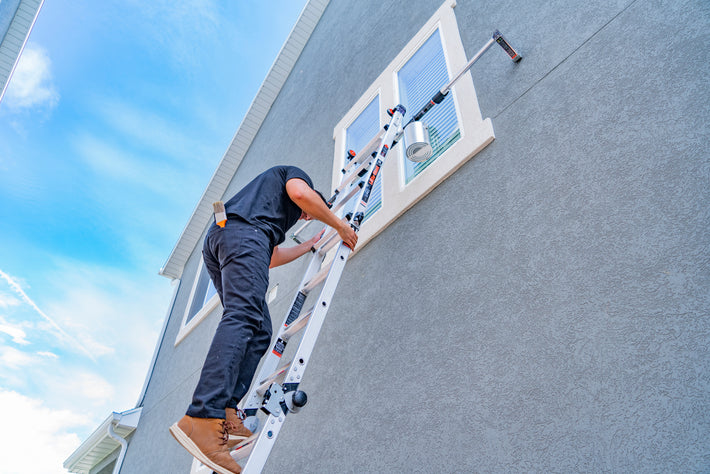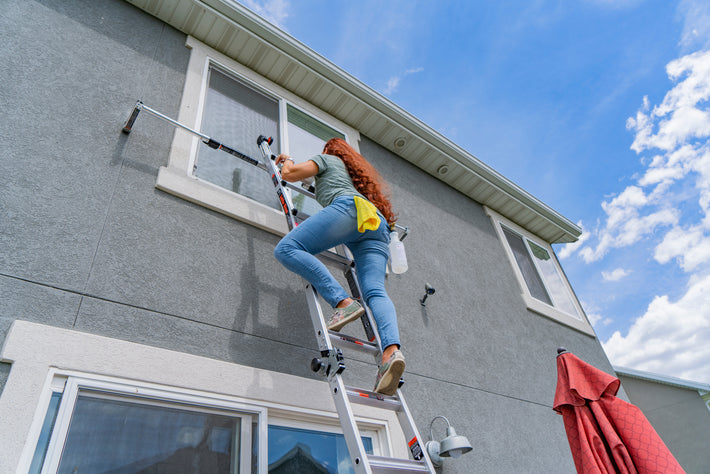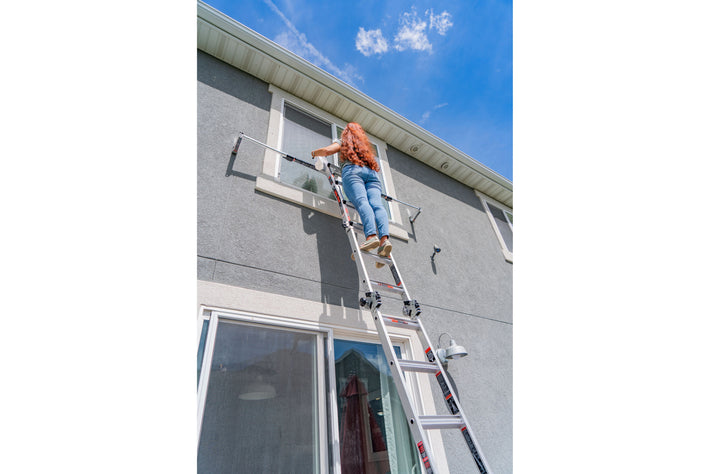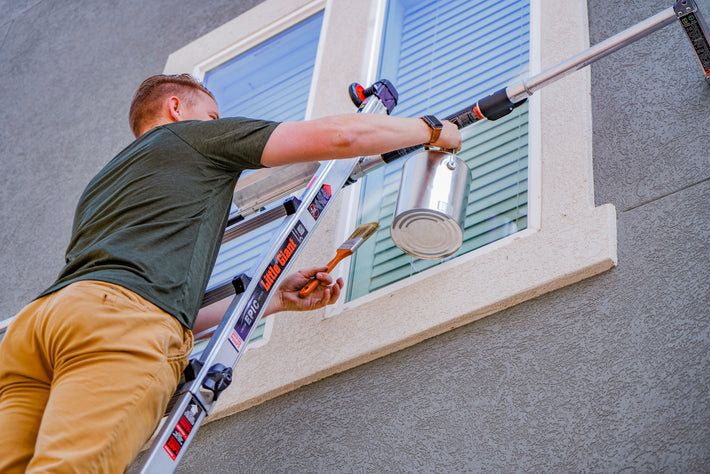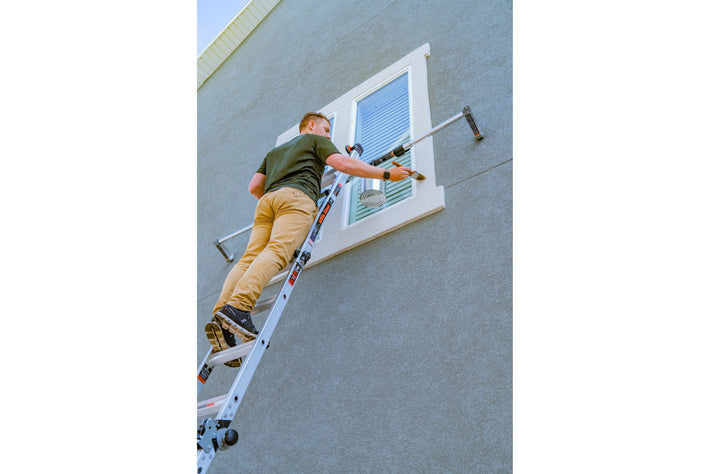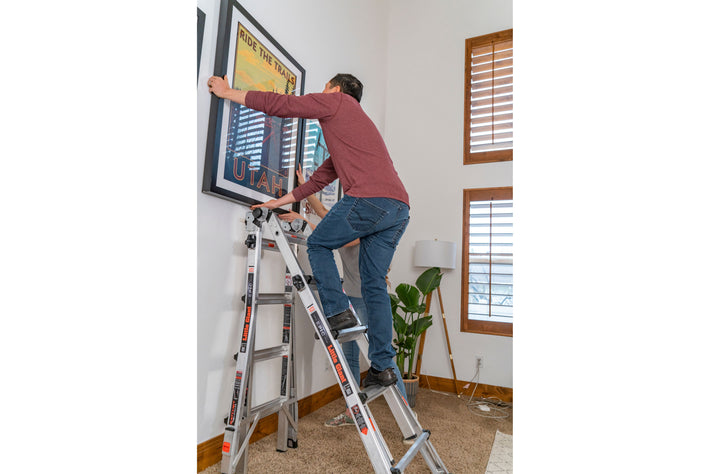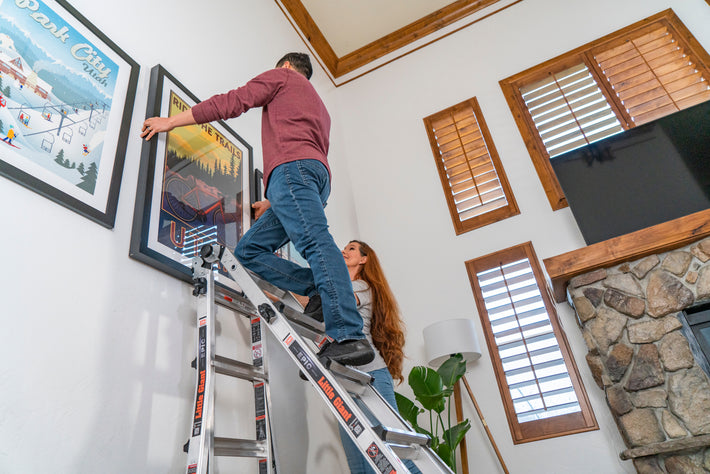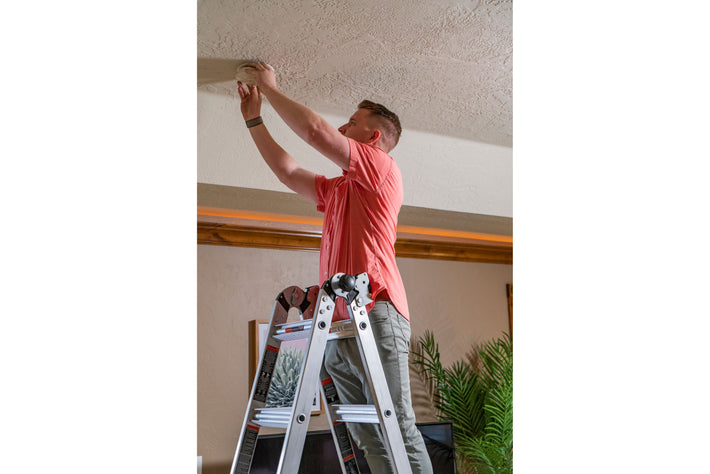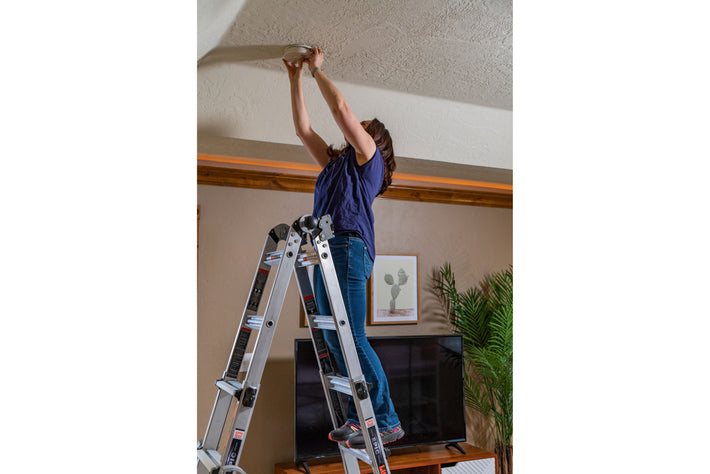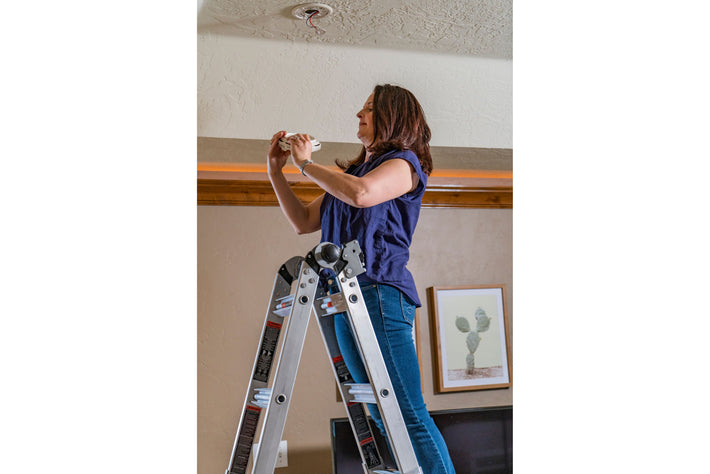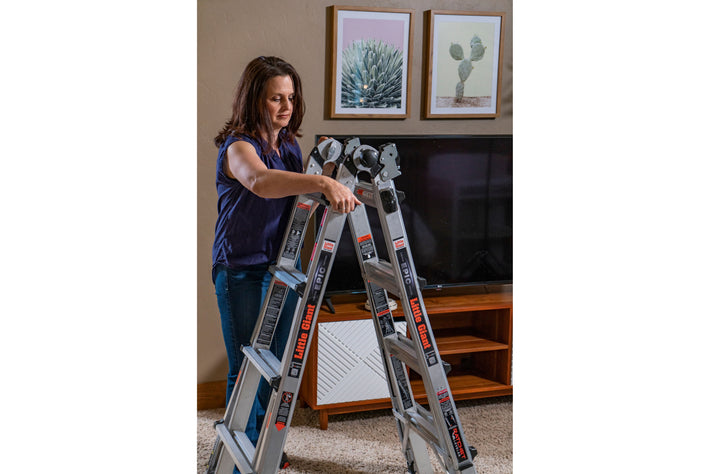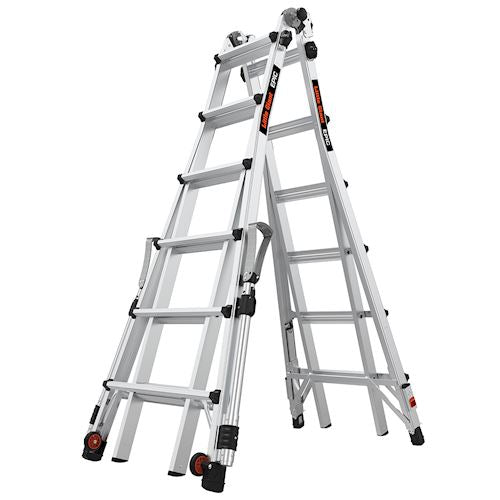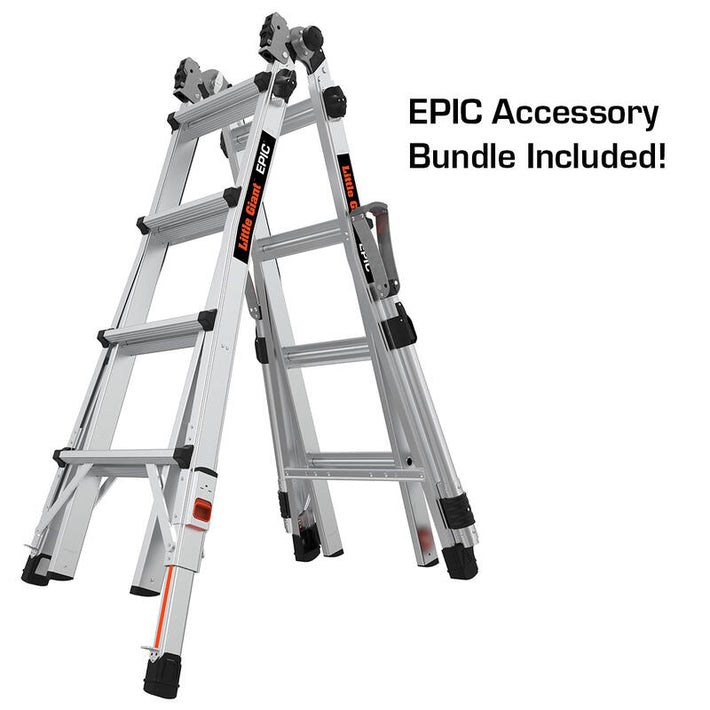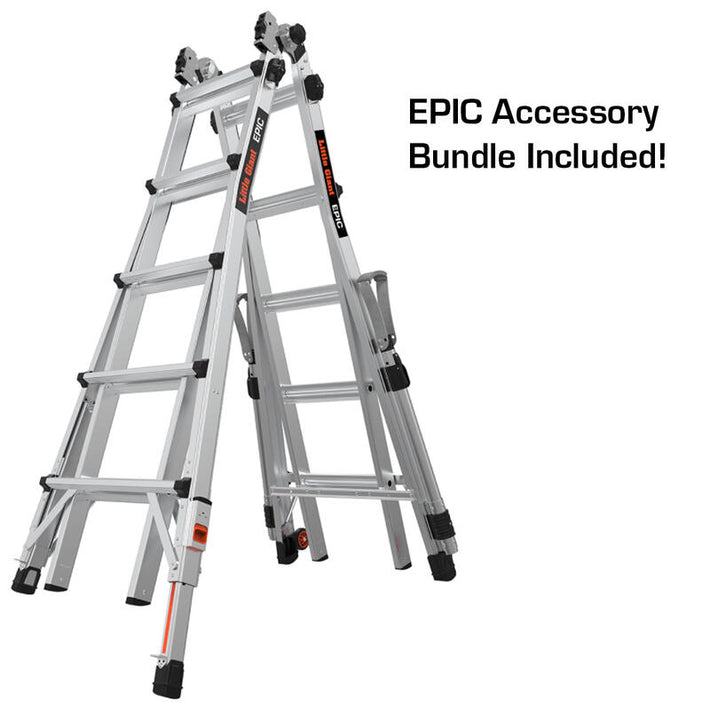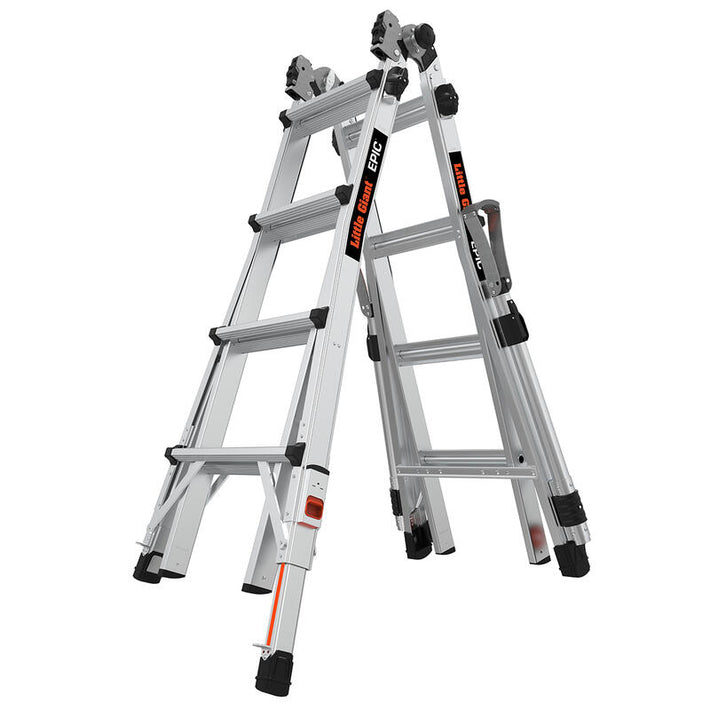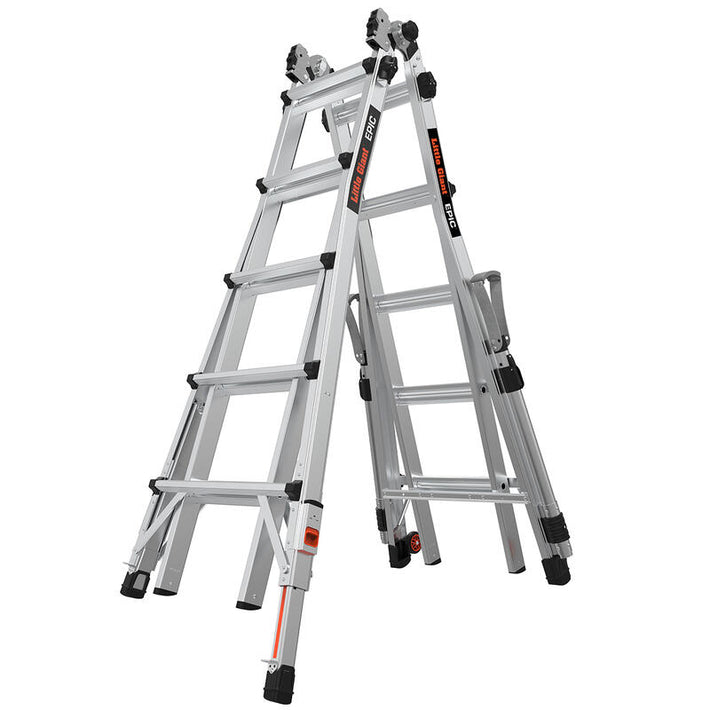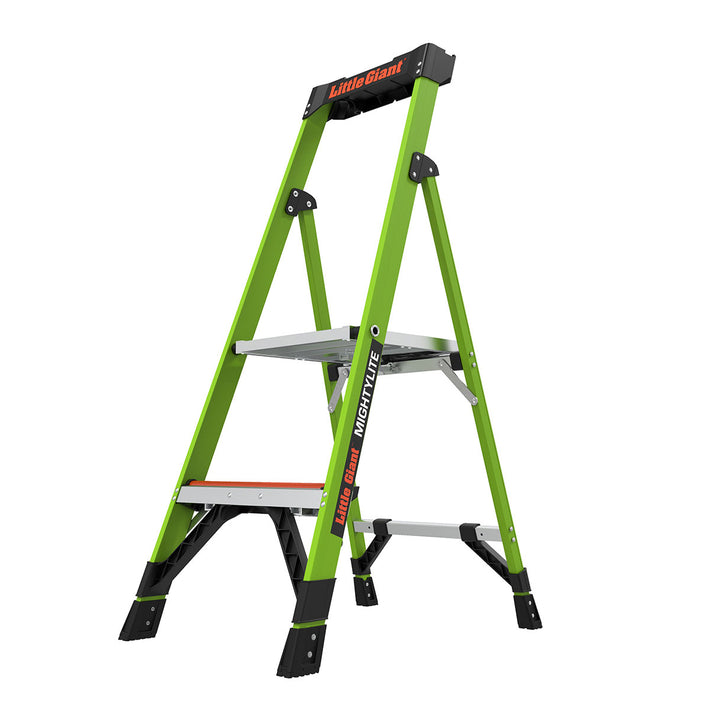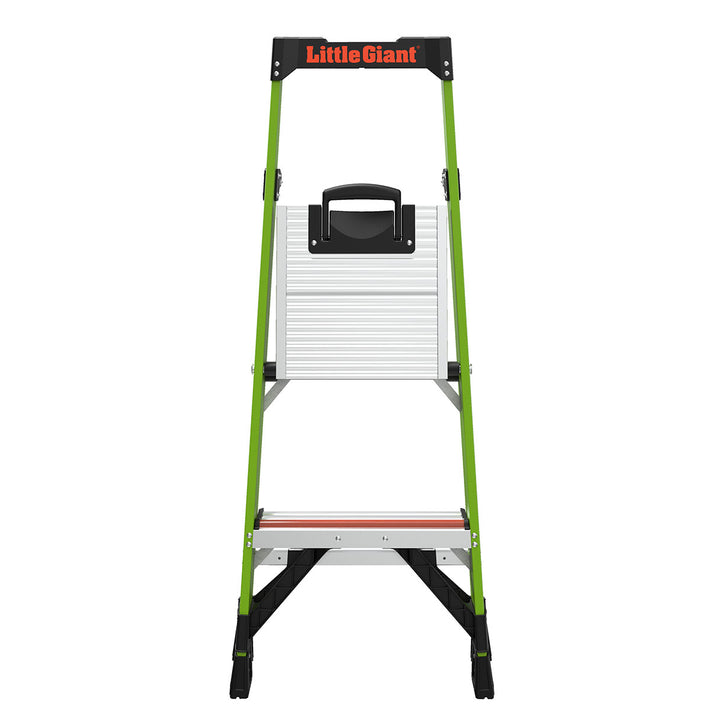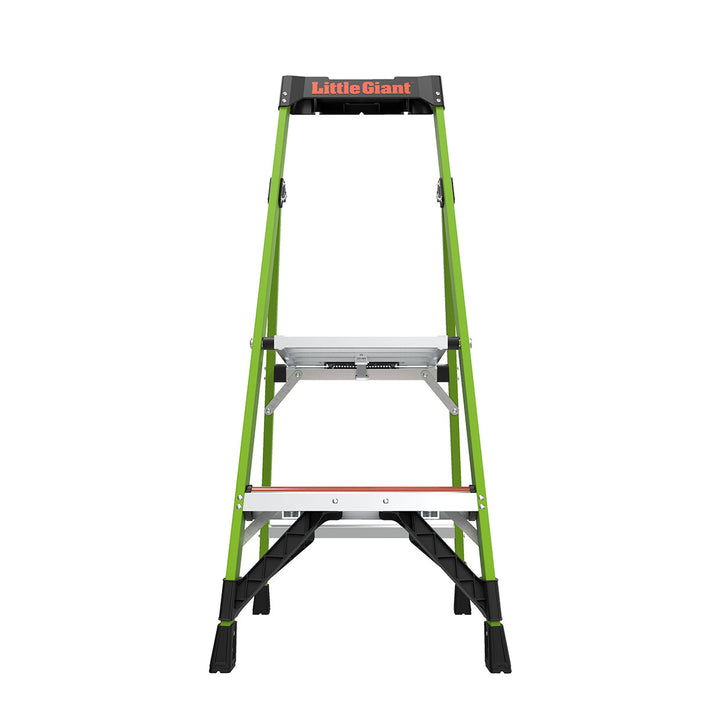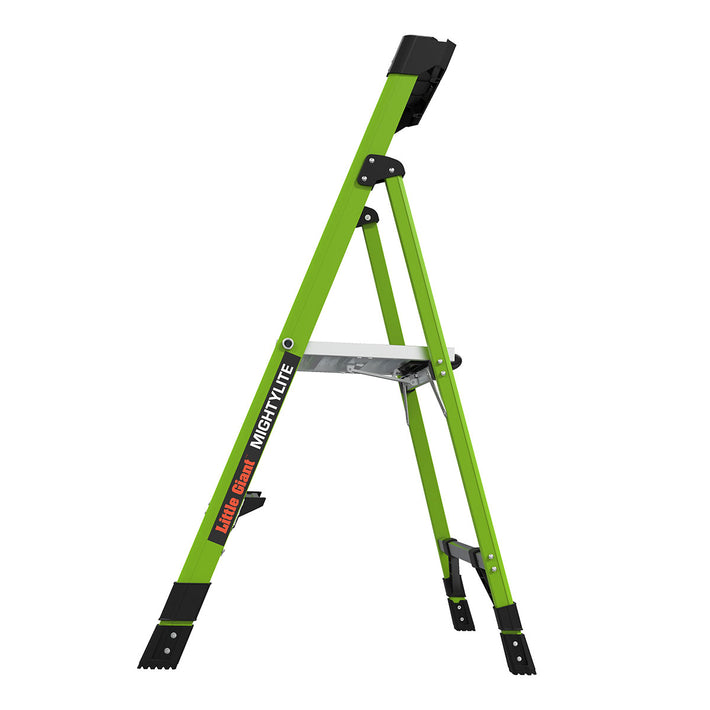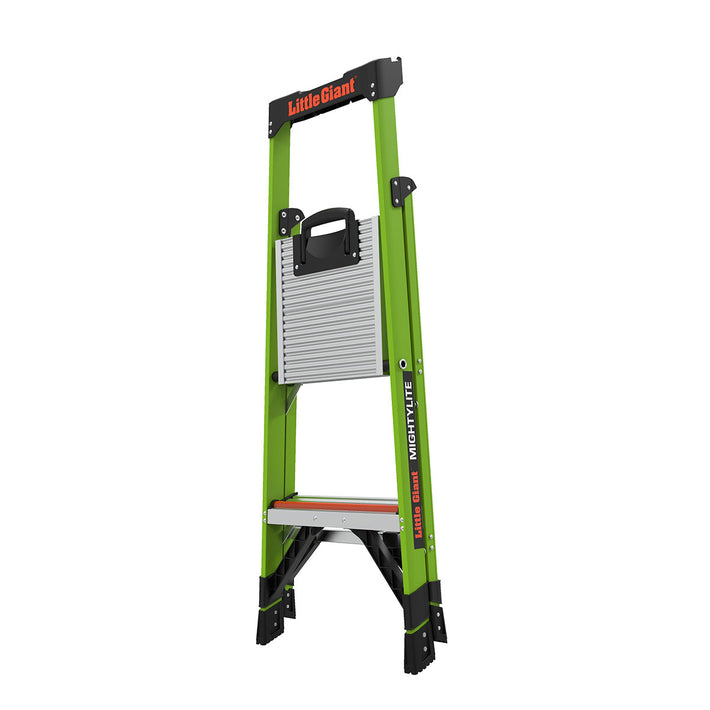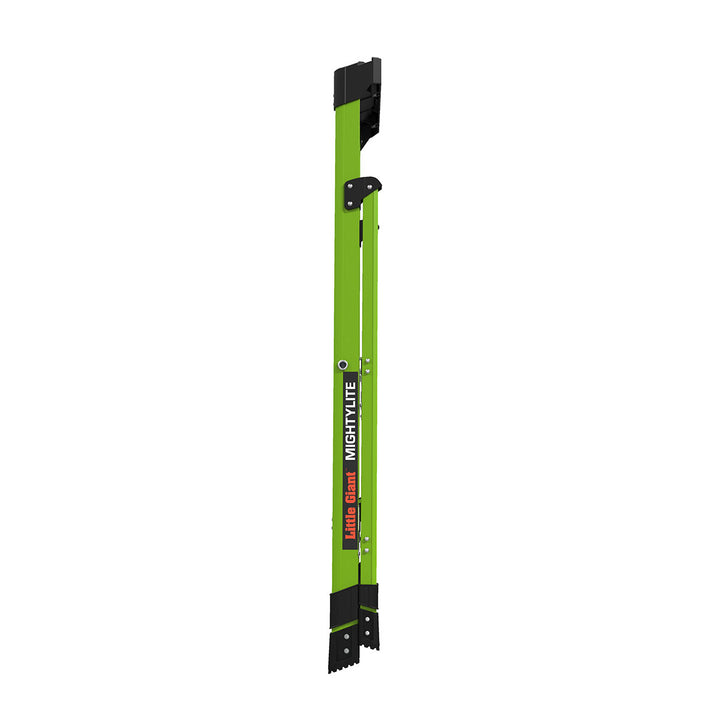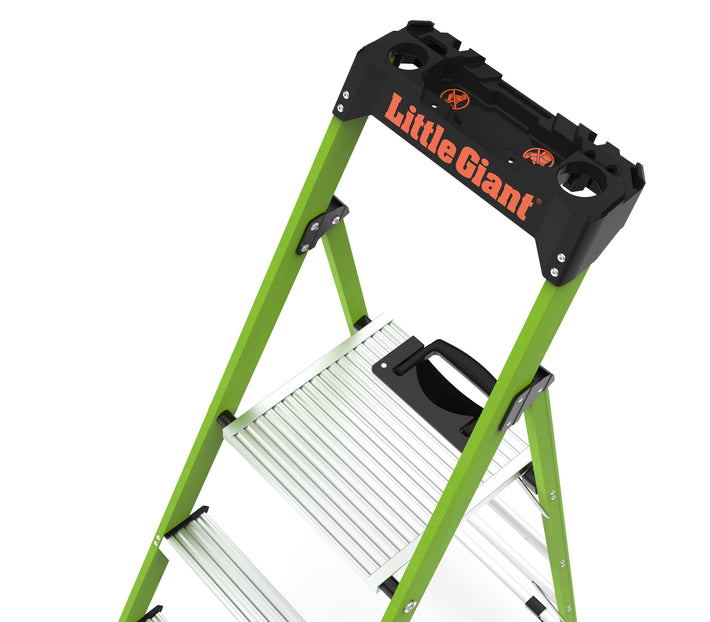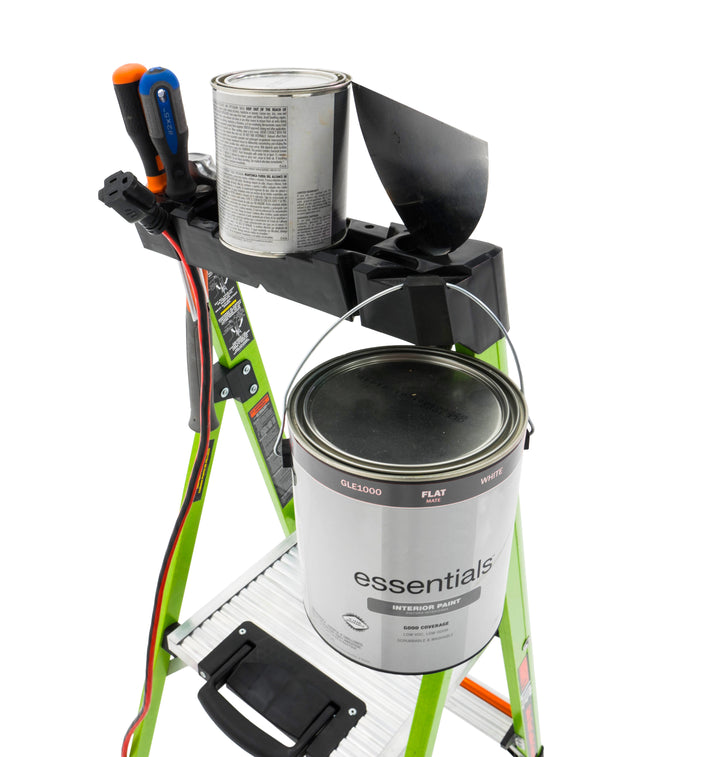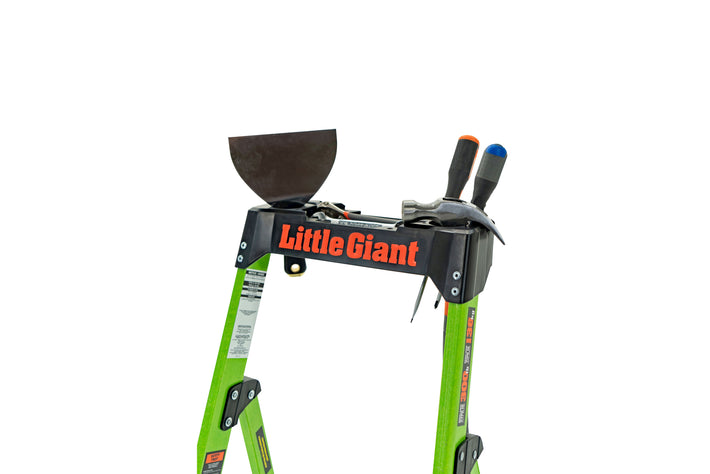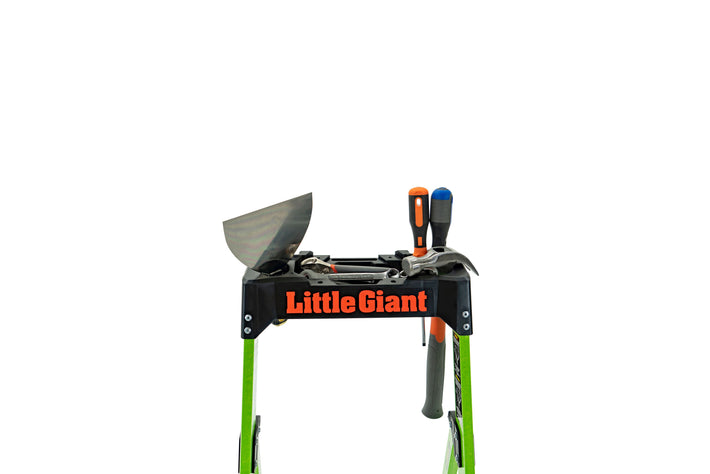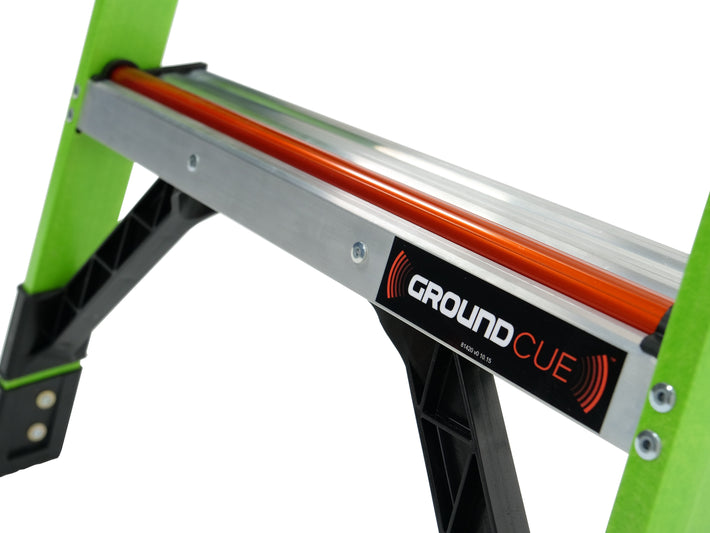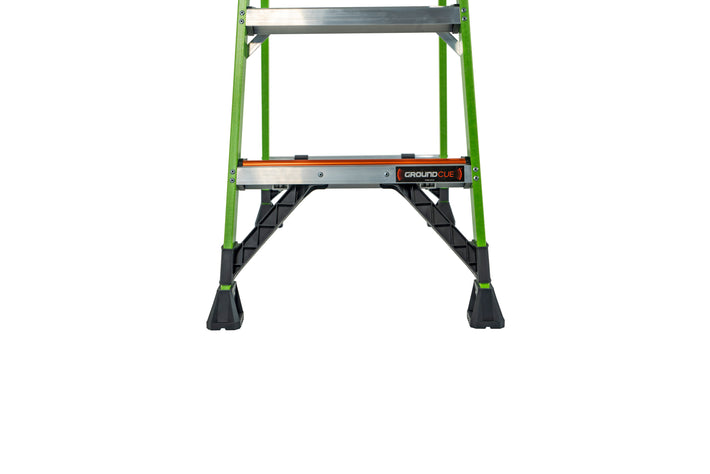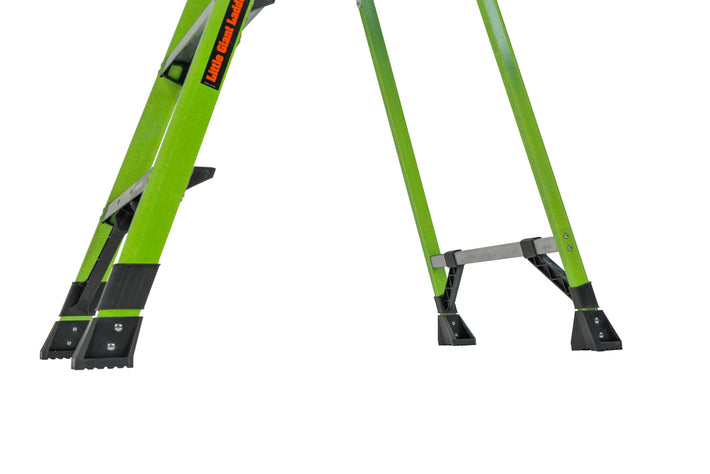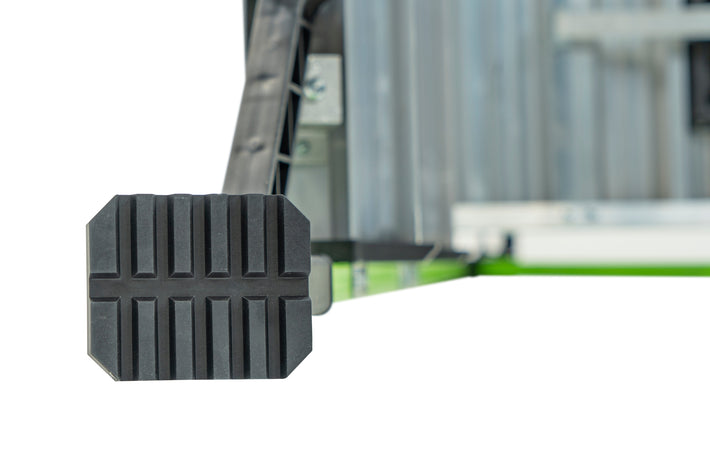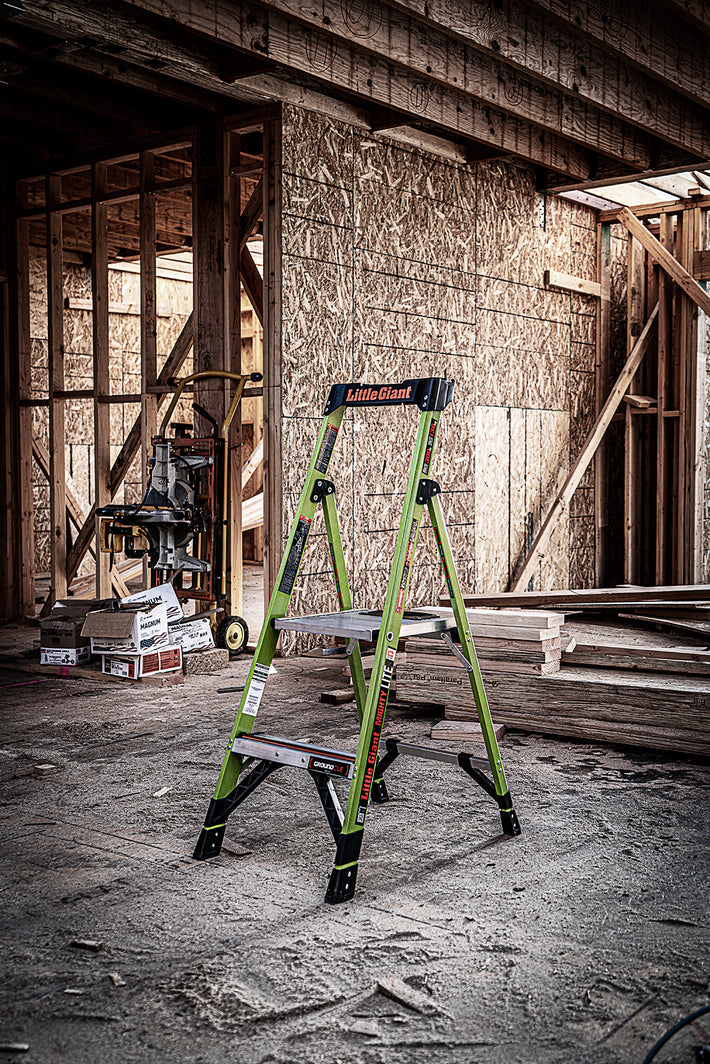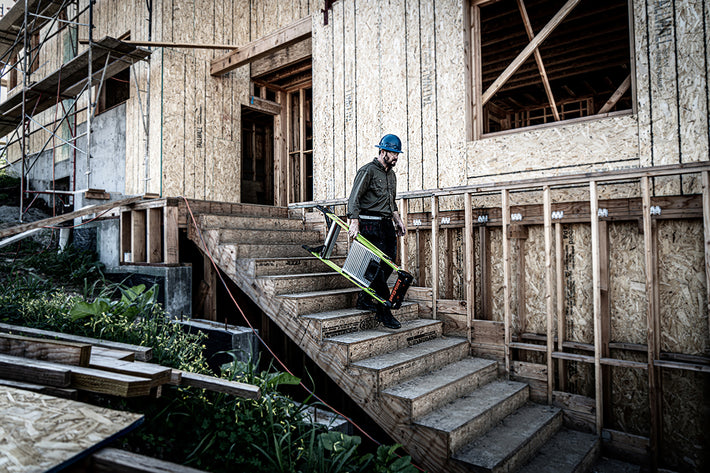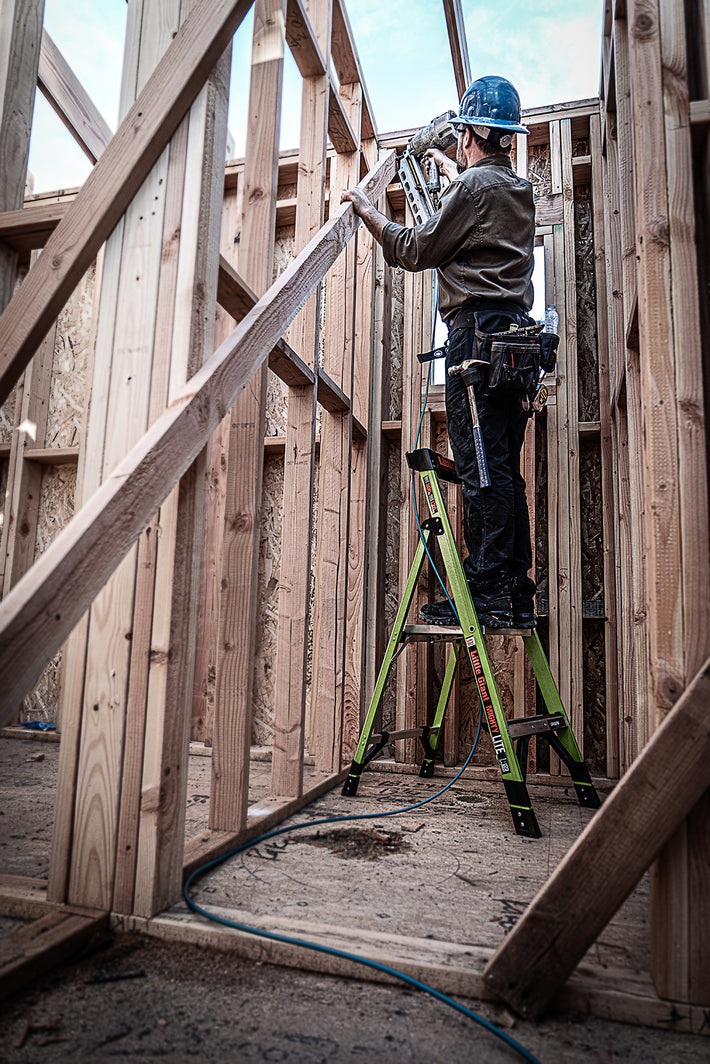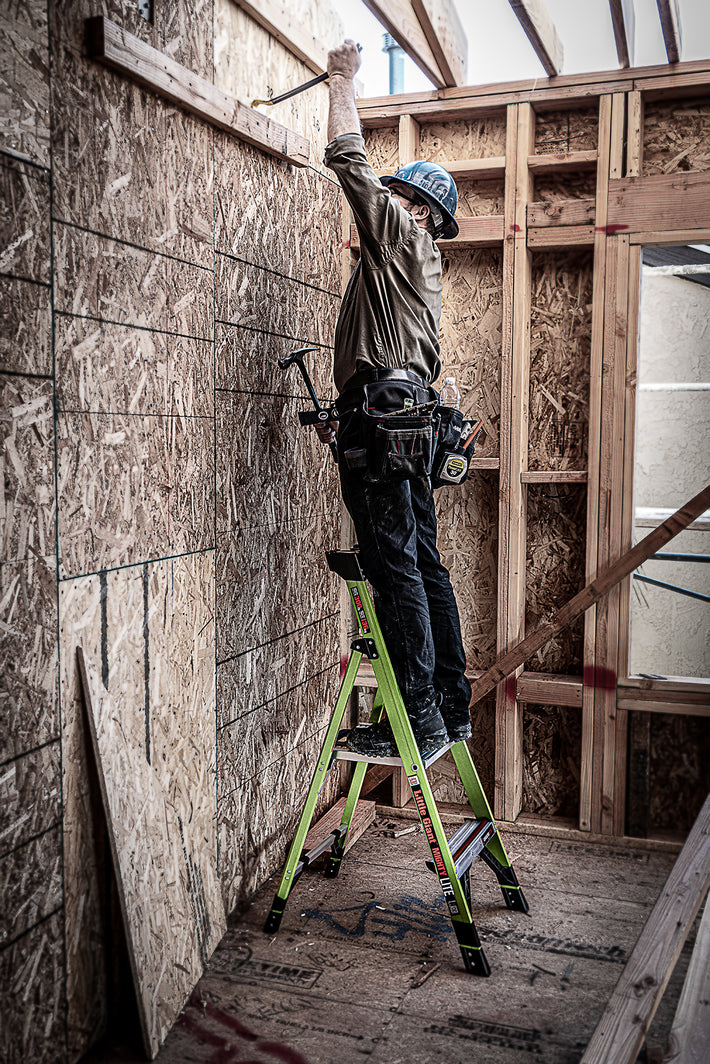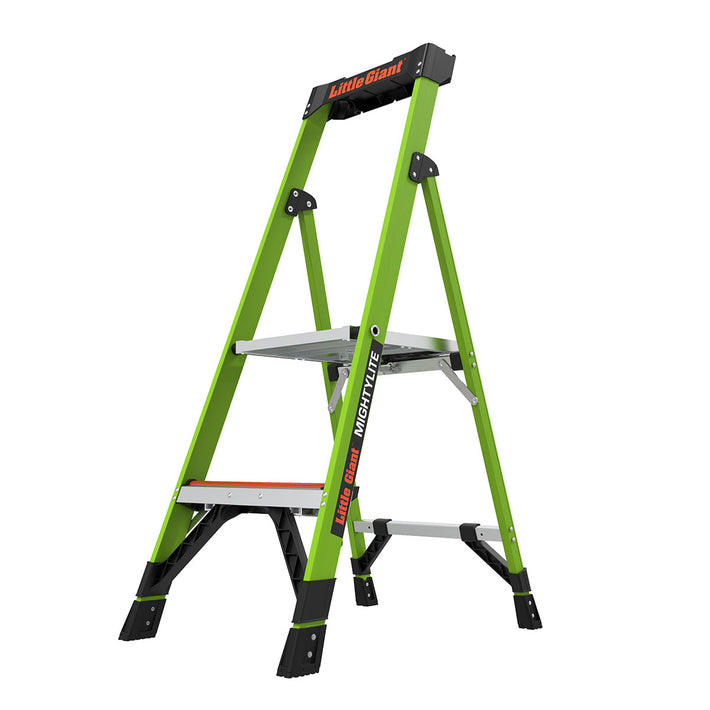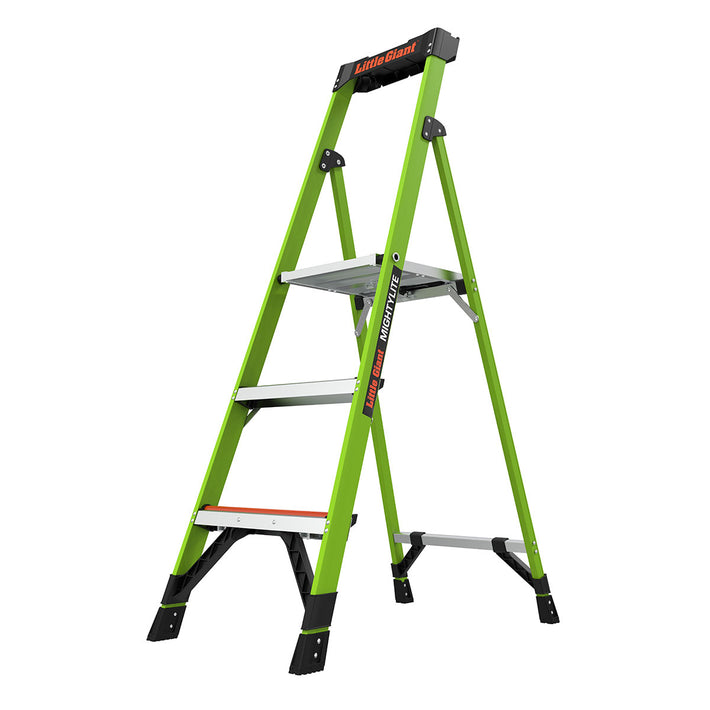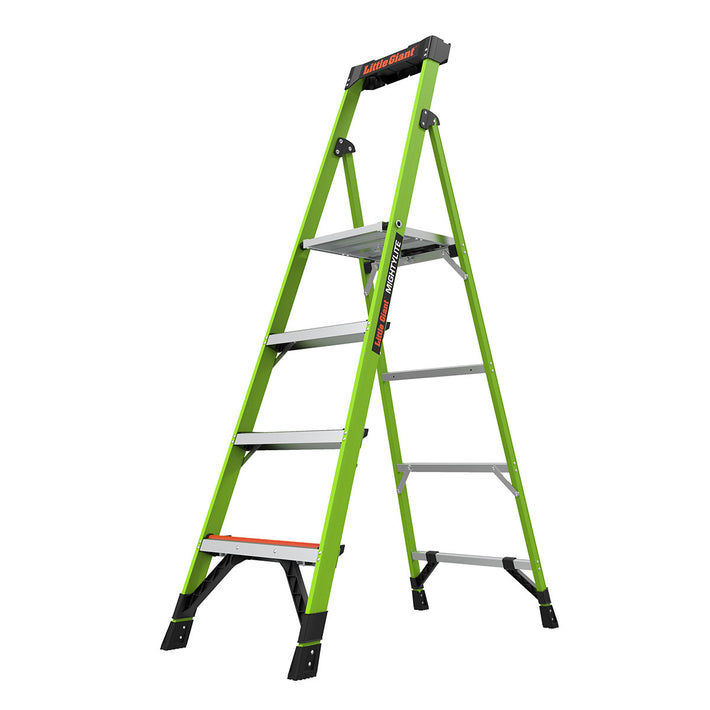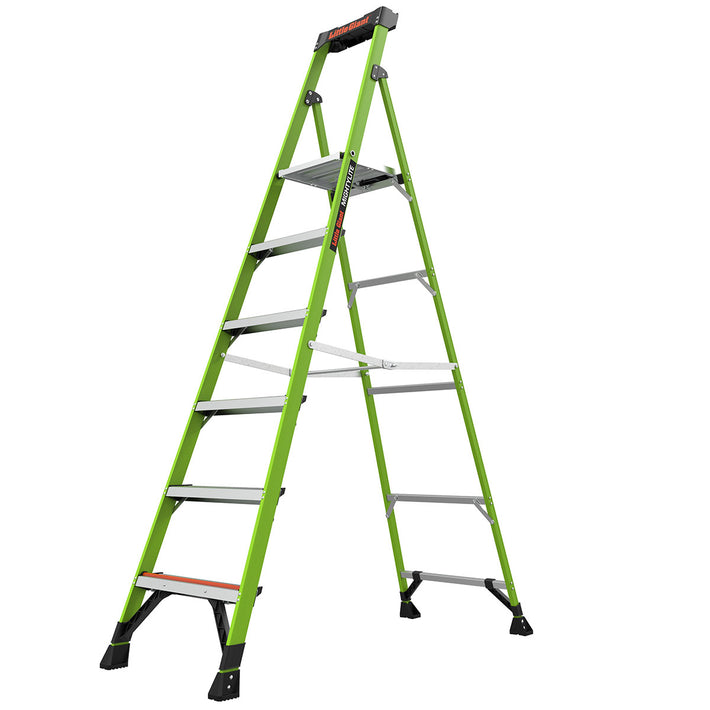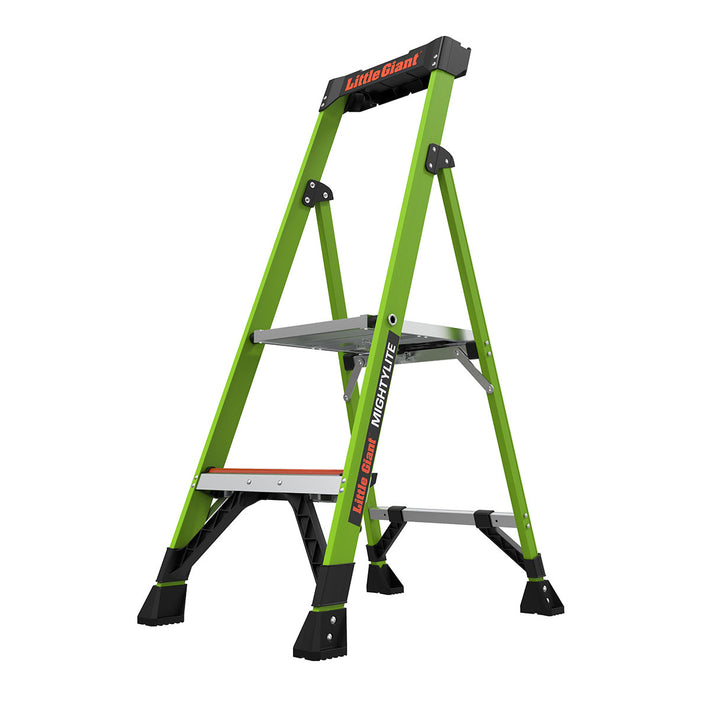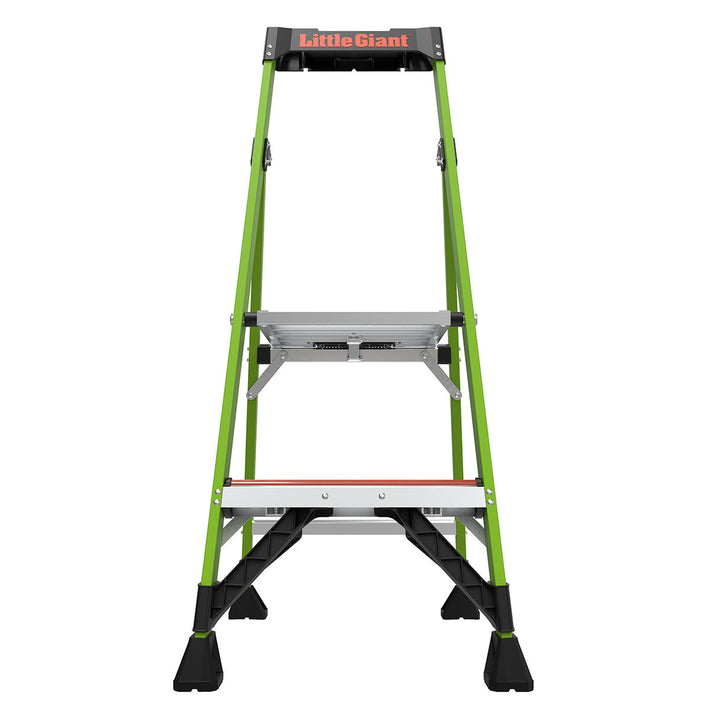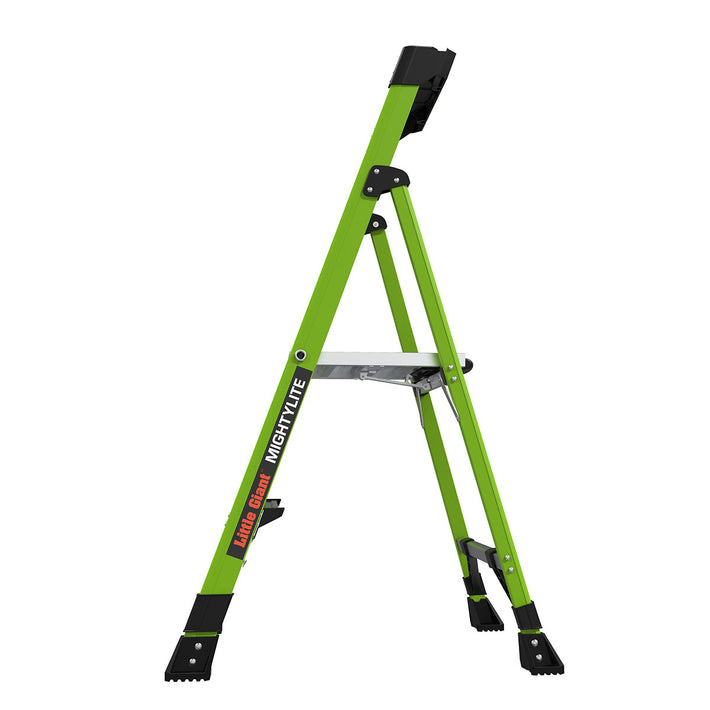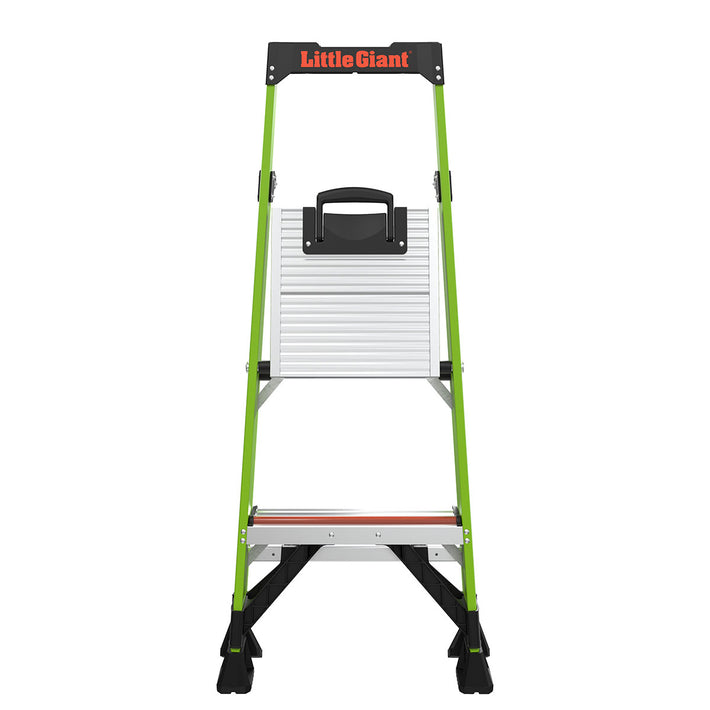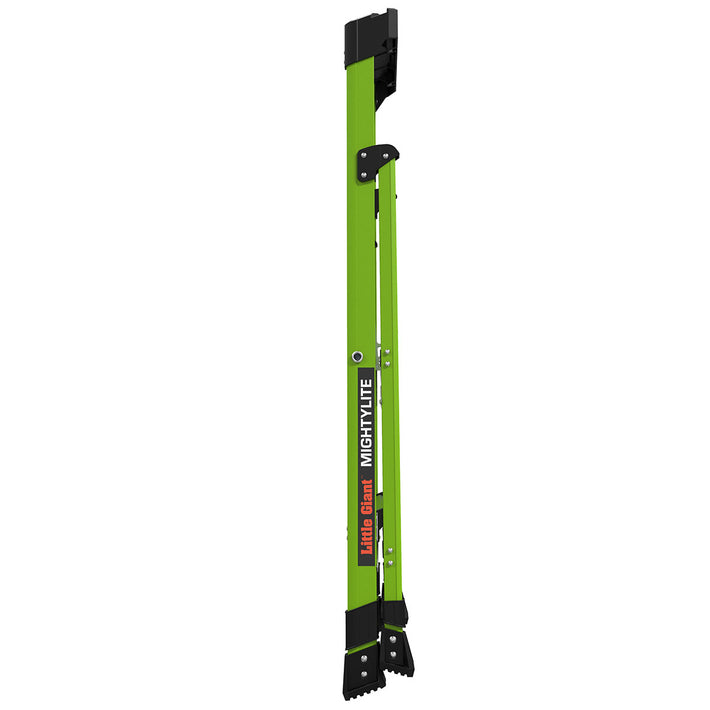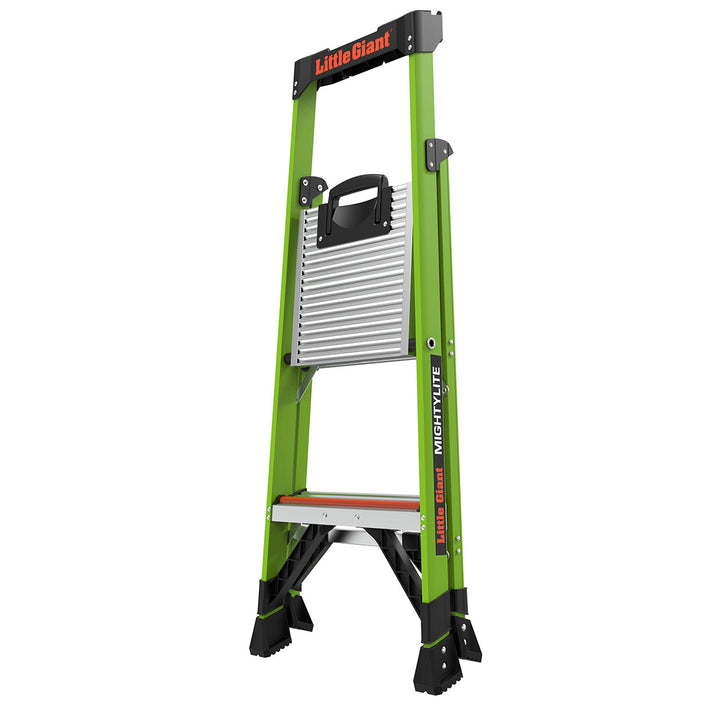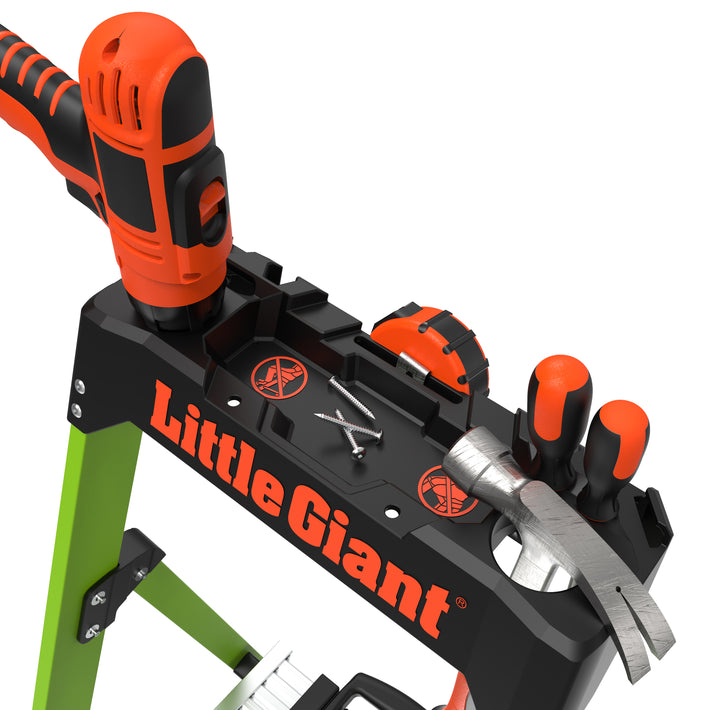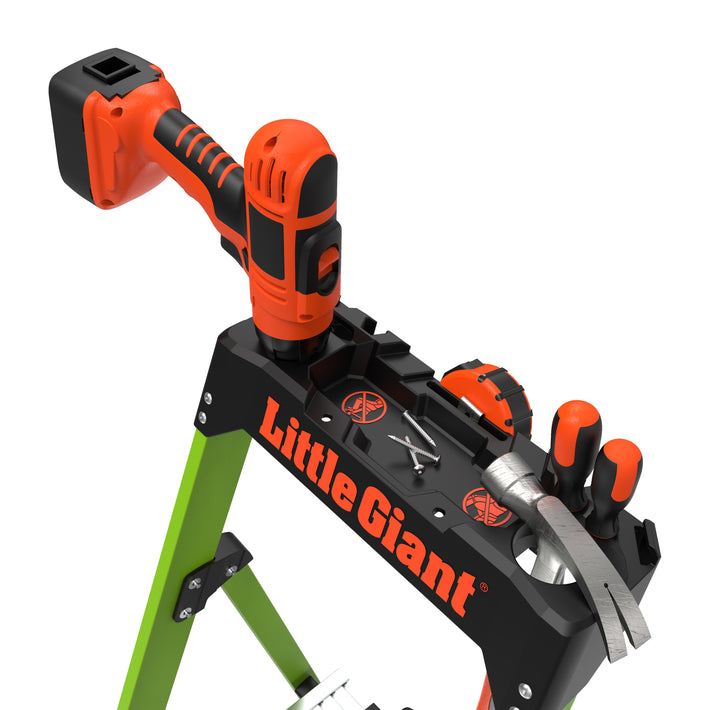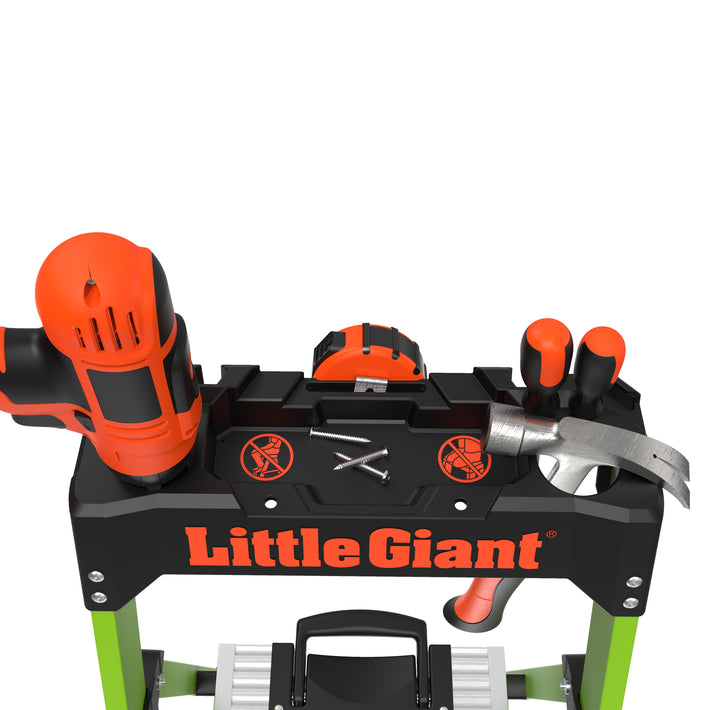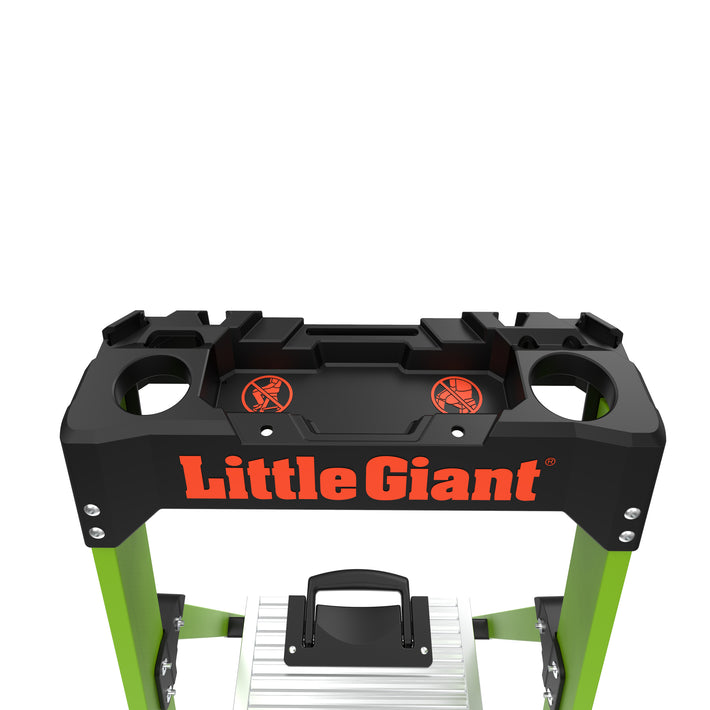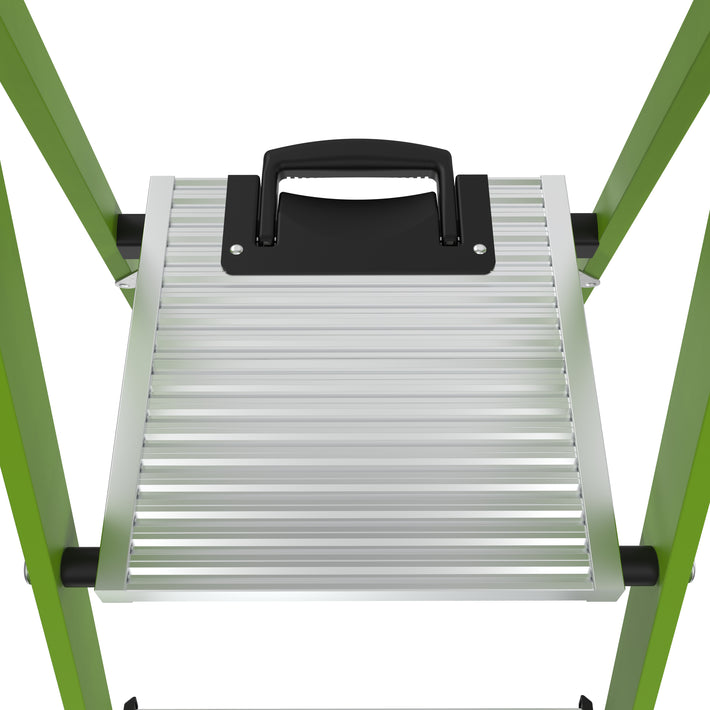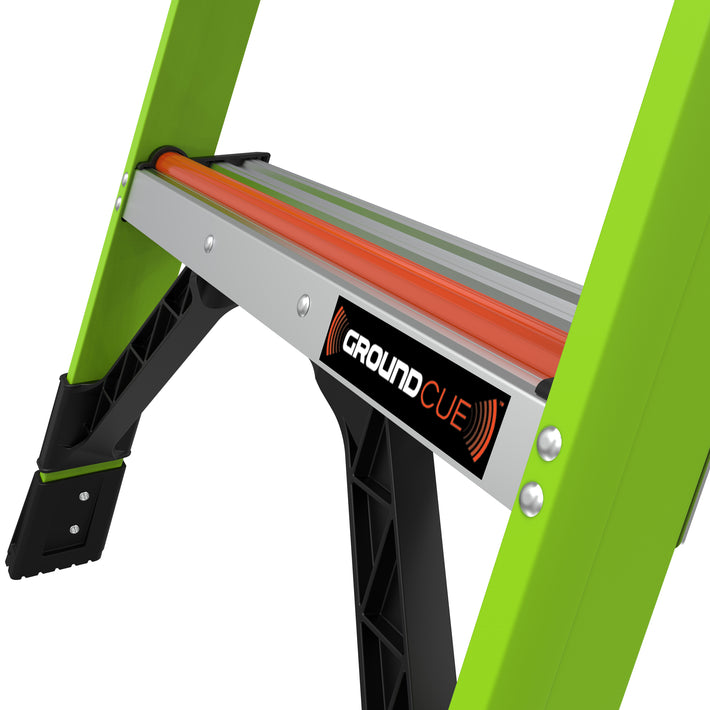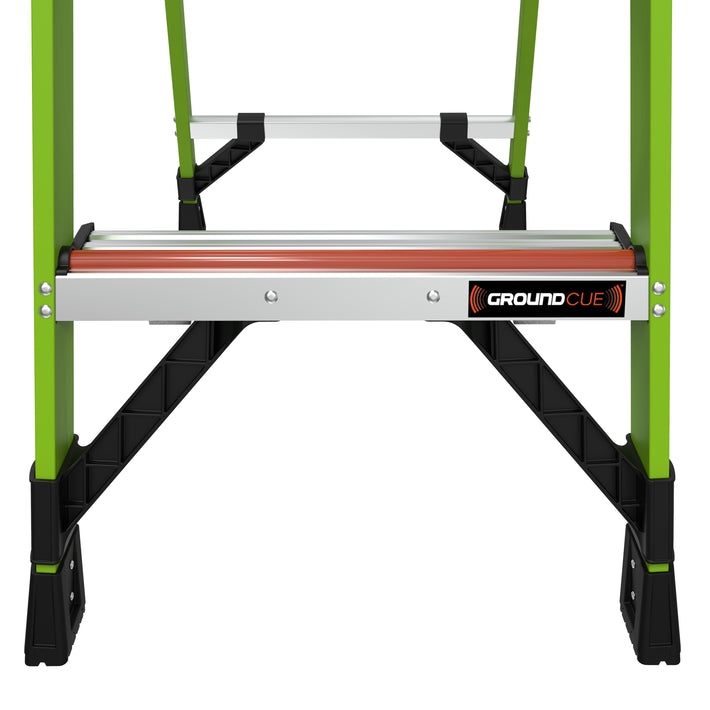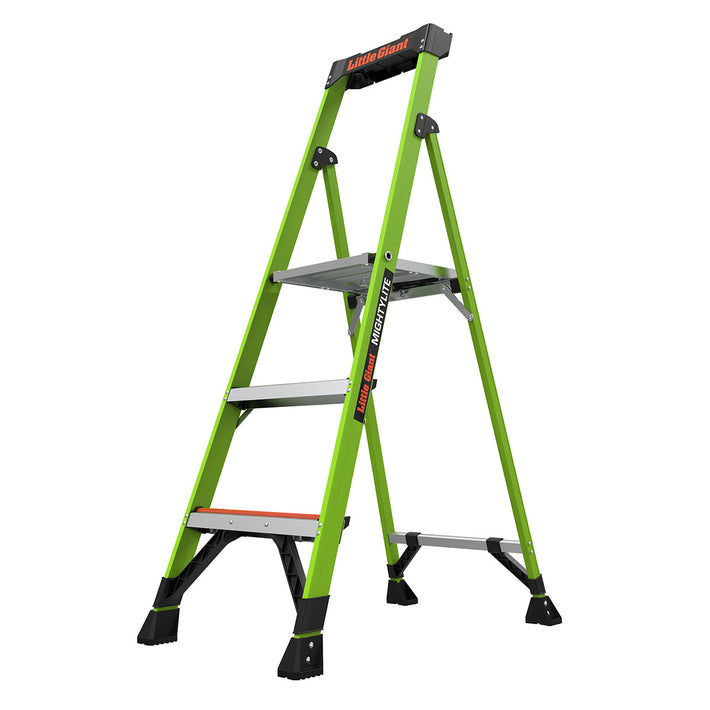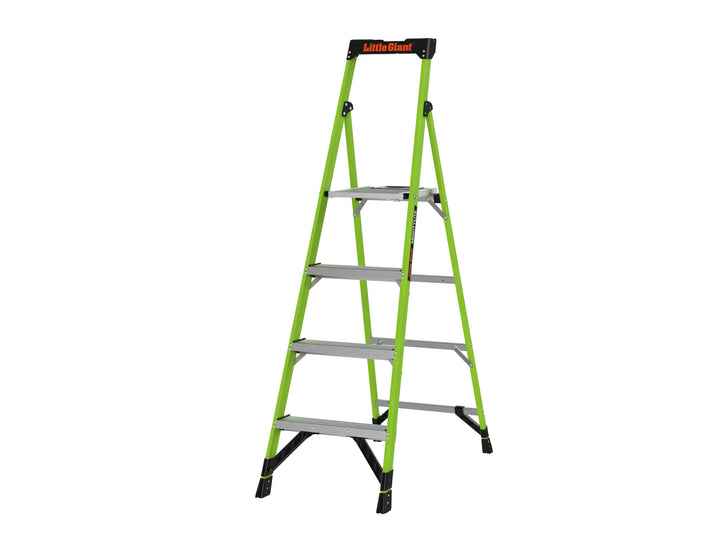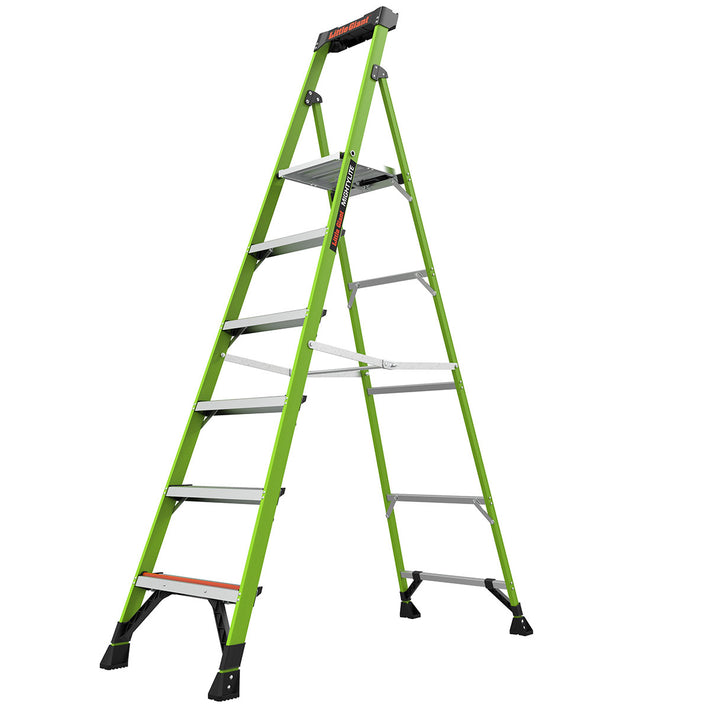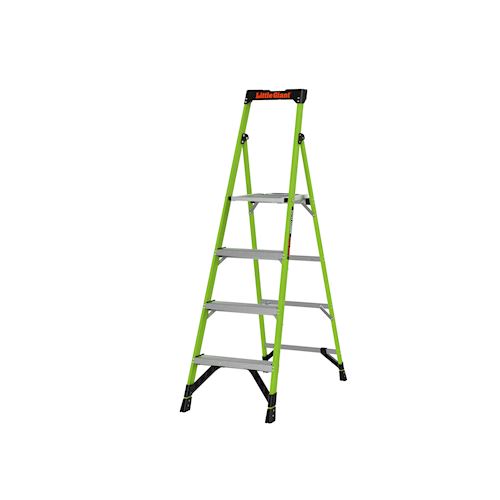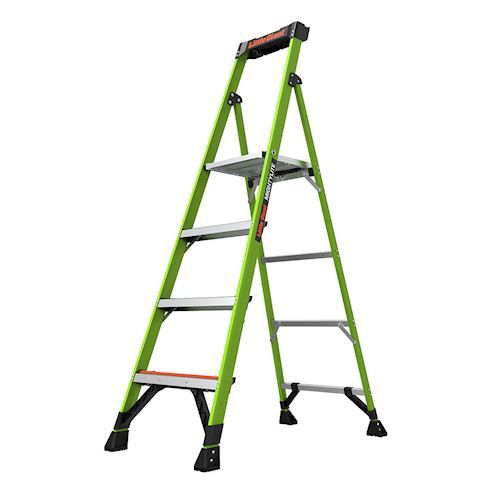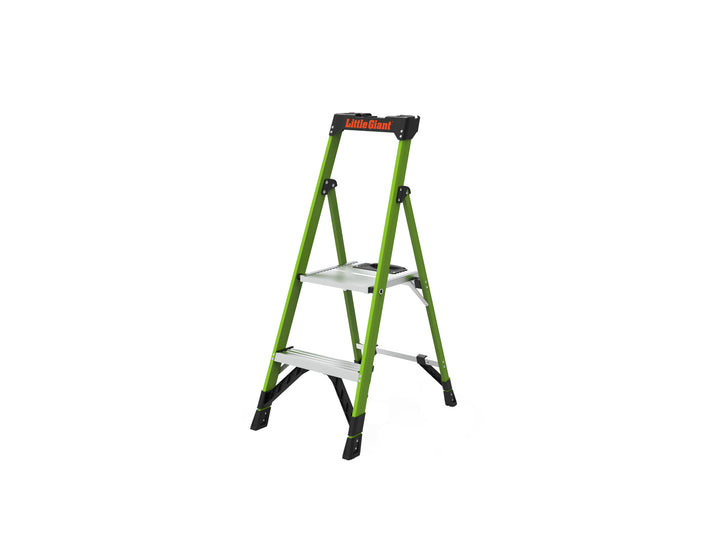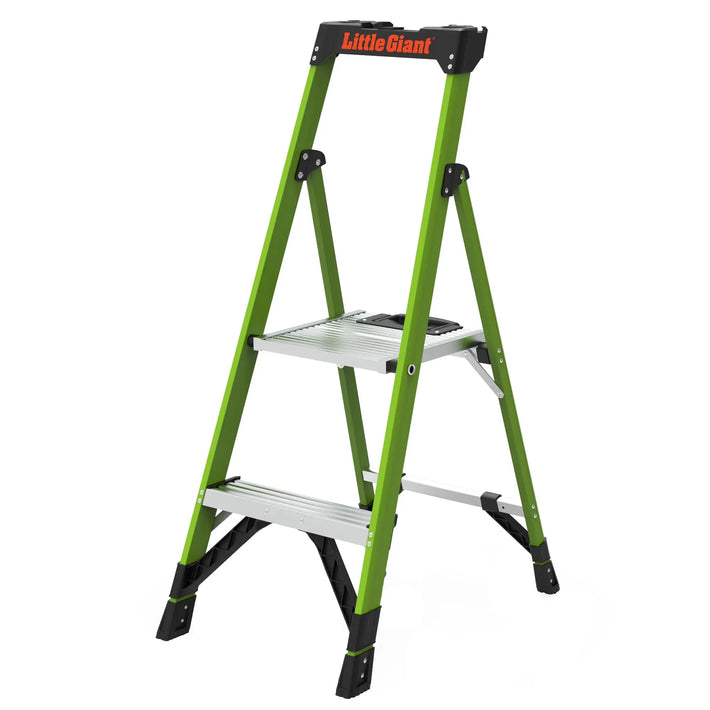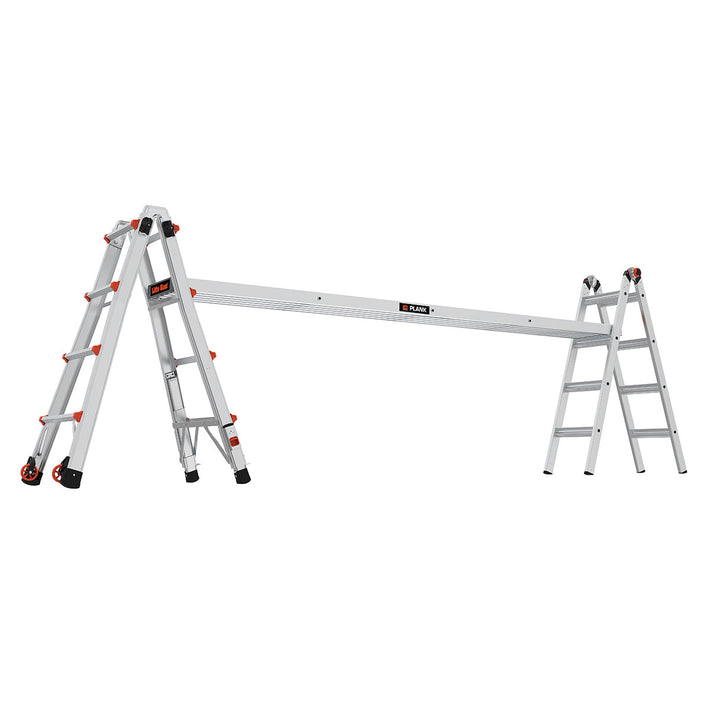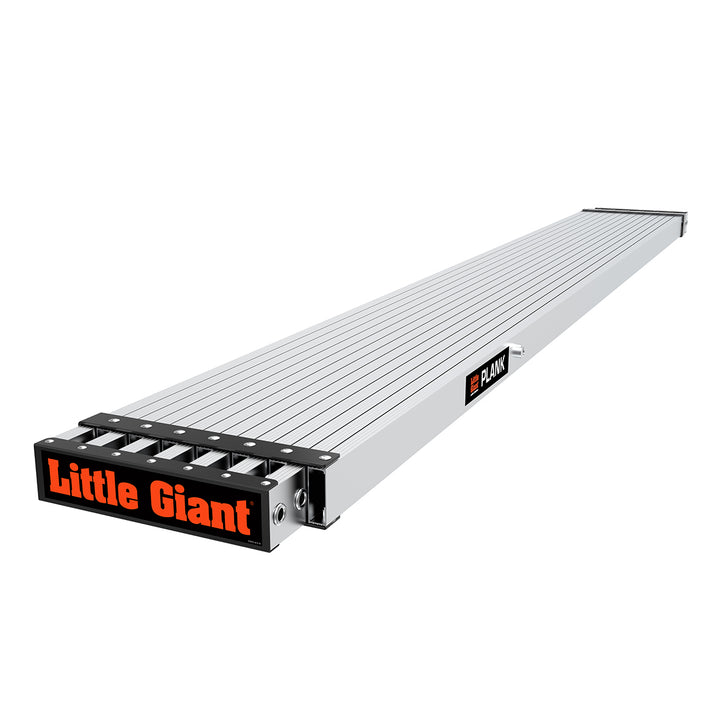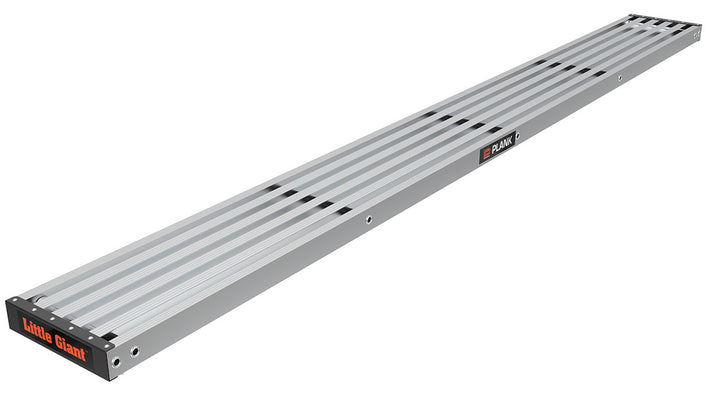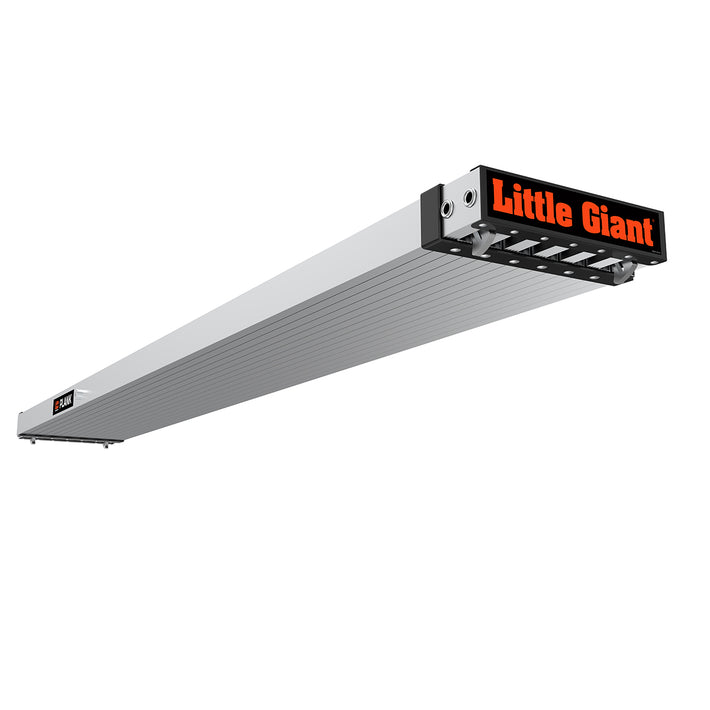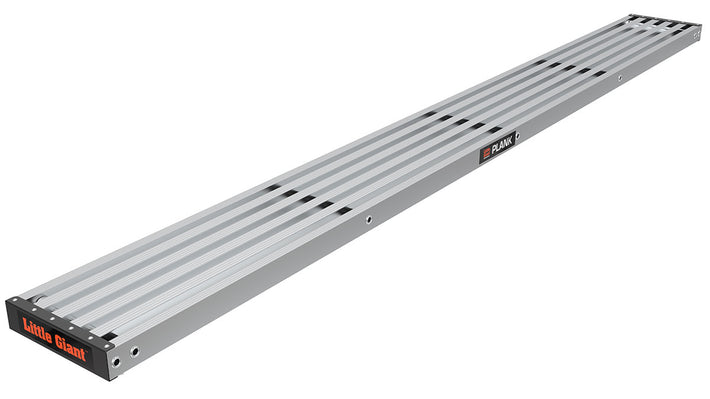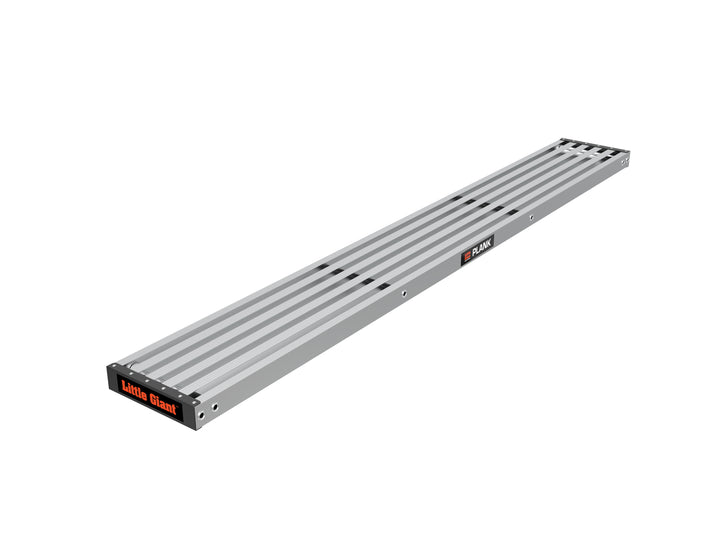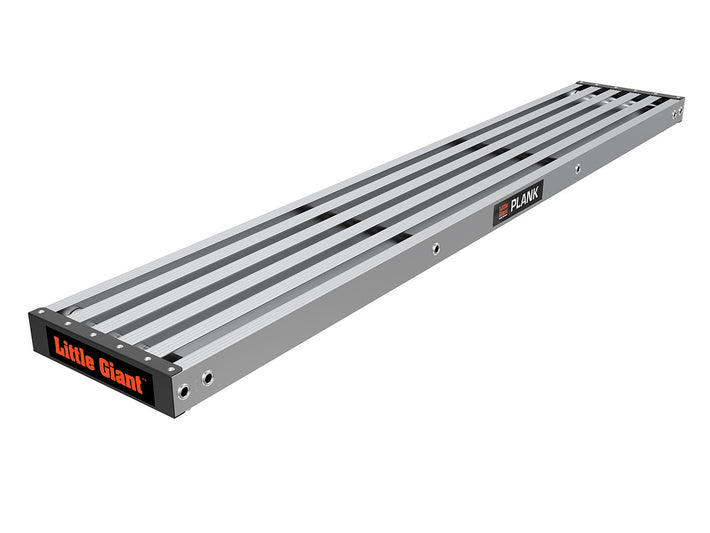Ladder Safety Misconceptions
In life, we all have instances where we don’t have the complete picture of a situation. It happens with friendships, relationships, news, products, you name it- we’ve all done it. Unfortunately, misconceptions are a part of life, but it’s what we do with the improved knowledge of that misconception that defines us. So, today, the Little Giant Ladder Systems® team is going to debunk some ladder safety misconceptions.
Ladder Material
There’s a lot of confusion around ladder materials and what is considered safe or unsafe, so let’s address those.
A Heavier Ladder Doesn’t Make a Safer Ladder
Although there are plenty of heavy ladders that are safe to use, the product’s weight doesn’t determine stability or durability. Grandpa’s old ladder may weigh 70 lbs., yet still work like a charm, but that doesn’t mean all ladders have to feel that way. With the improvements to manufacturing that have occurred over the past 20+ years, ladder manufacturers (Little Giant, included) have made ladders that weigh a fraction of what they used to while having a carrying capacity that exceeds that of the old ladders.
Spreader Bars Don’t Define Safety
Most A-frame ladders have spreader bars between the rails. We’ve all used them (and likely pinched our fingers on them, too) and are familiar with their purpose. While many stepladders are engineered to require a spreader bar for stability, not all ladders need them. In the case of some of Little Giant’s ladders, like our multi-position ladders and some combination ladders, a spreader isn’t necessary because they were engineered with the versatility to adjust to varying positions.
Thicker Rails Aren’t Safer Rails
Thicker rails don’t signify safer rails. Now, this isn’t to say that a wide or thick ladder rail isn’t safe. It’s just to say that a smaller rail can be just as sturdy, occasionally with a greater weight capacity than some of those thick, wide-railed ladders. A smaller ladder doesn’t mean it’s not trade-grade.
Duty Rating Matters
There are many people who see ladder safety labels of “375 lb. Rated” and roll their eyes, thinking it’s ridiculous to need a ladder that can hold that much weight. They believe they have no need for a Type IA or Type IAA ladder since they don’t personally weigh over 300 lbs. We get where this thought comes from, but even if you don’t weigh 300-375 lbs., it can be a good idea to get a ladder with a greater duty rating. Consider that while you’re working, it’s not just your body’s weight on the ladder- it’s your materials, too. How much weight do your tools and materials add to the ladder’s load? It can be wise to select a Type IAA rating, so you know your ladder is up to any task.
Ladder Behavior
Now, for the ladder misconceptions that are particularly important for your safety- ladder behavior misconceptions. Obviously, we aren’t talking about the behavior of the ladder. It’s about your behavior and attitudes toward climbing on a ladder that can affect your safety.
Climbing Down is Just as Risky as Climbing Up
The act of leaving the stability of the ground is a challenge for some people, which is why for some, the process of going up a ladder can be the most nerve-wracking part. So, when you’re climbing down, getting closer to that security of the ground, it’s easy to assume that you’re at your safest. Unfortunately, this isn’t always the case. That false sense of security you feel while descending can lead to complacency, where you aren’t paying as close attention to your actions or surroundings. In fact, one of the most common ladder-related injuries occurs from missing the bottom step of the ladder while descending. Twenty percent of people get hurt from that small action. We aren’t trying to scare you; we just want you to consider your efforts as you go up and down the ladder’s rungs.
Not All Ladders are Leaning Ladders
It’s okay to climb any ladder that’s leaning against the wall, right? Wrong. In fact, on most professional job sites, it’s common knowledge that leaning a ladder is an OSHA violation. However, the OSHA safety meeting doesn’t usually happen inside the home, so a lot of people still lean their stepladder against the wall and climb. The recent creation of specially engineered leaning ladders has caused an increasing number of people to think all ladders are leaning ladders. So, let’s clarify- unless your ladder has been engineered specifically for use to lean against a wall or work surface, it should never be leaned.
Never Stand on the Top Cap
Even though every ladder comes equipped with safety labels all over the top rungs, warning you to not stand beyond a certain height, people still do it. A lot of people justify it, thinking they are the exception to the rule or that it’s okay if you’re careful enough (it’s not). Standing on the top cap is dangerous and can lead to some of the most hazardous ladder-related falls if you lose your balance. Save yourself the pain (and medical bills) by only standing on the approved rungs.
I’m sure there are plenty more ladder safety misconceptions that we haven’t addressed today, so if you have a safety-related question or would like us to debunk some misconceptions you’ve had, send a message to us on social media! We’d love to chat with you there!
Ladder Safety Month
During Ladder Safety Month, we encourage you all to take time to participate in ladder safety training, share the safety tips you’ve learned with those around you, and of course, be sure to implement this ladder safety knowledge each time you climb.
- Week One: Choosing Your Ladder
- Week Two: Safety Before the First Step (Inspection and Set-Up)
- Week Three: Safety While Climbing
- Week Four: Safety at the Top
- Week Five: Ladder Safety Misconceptions
Find Us Online
Find us online during Ladder Safety Month on:


